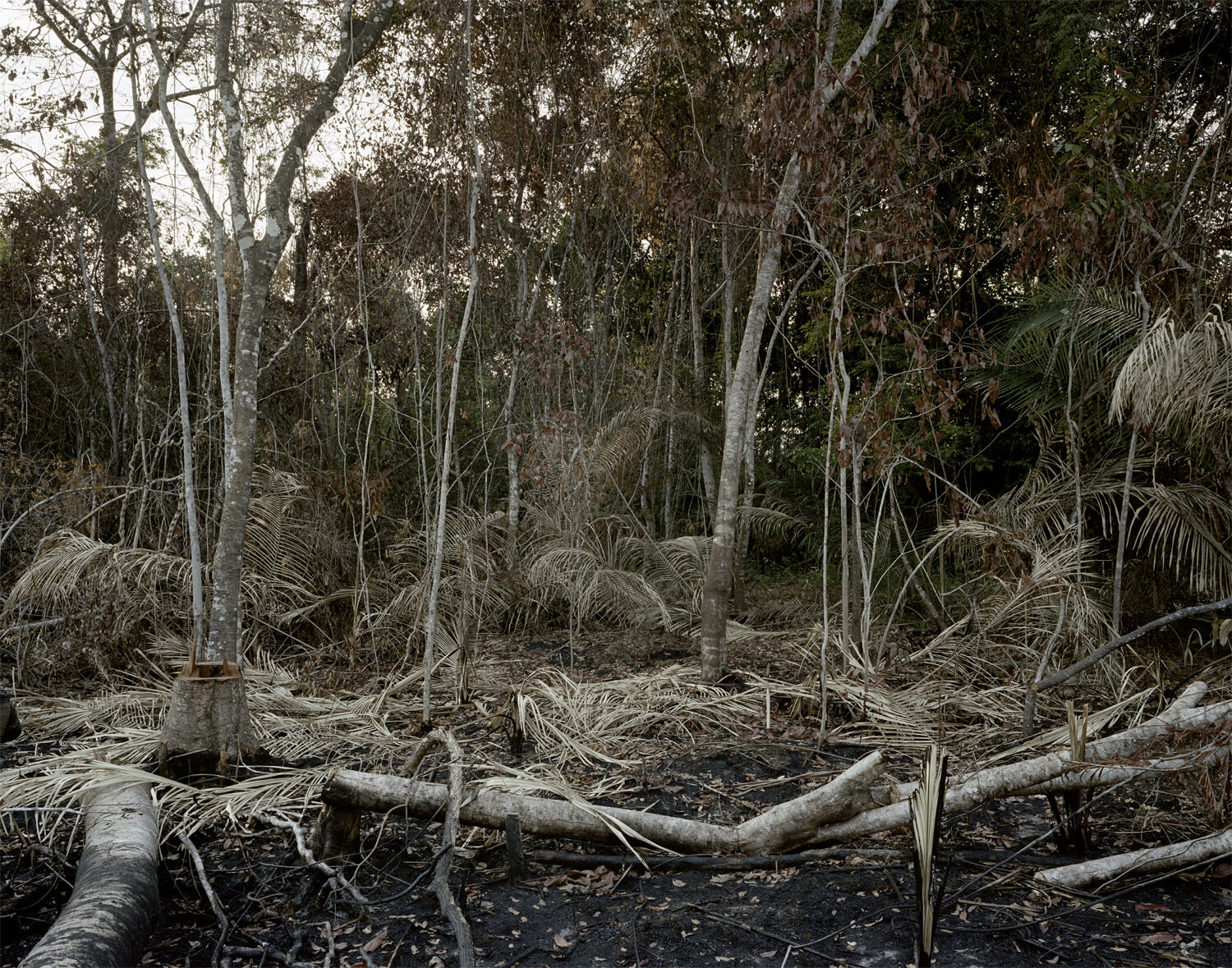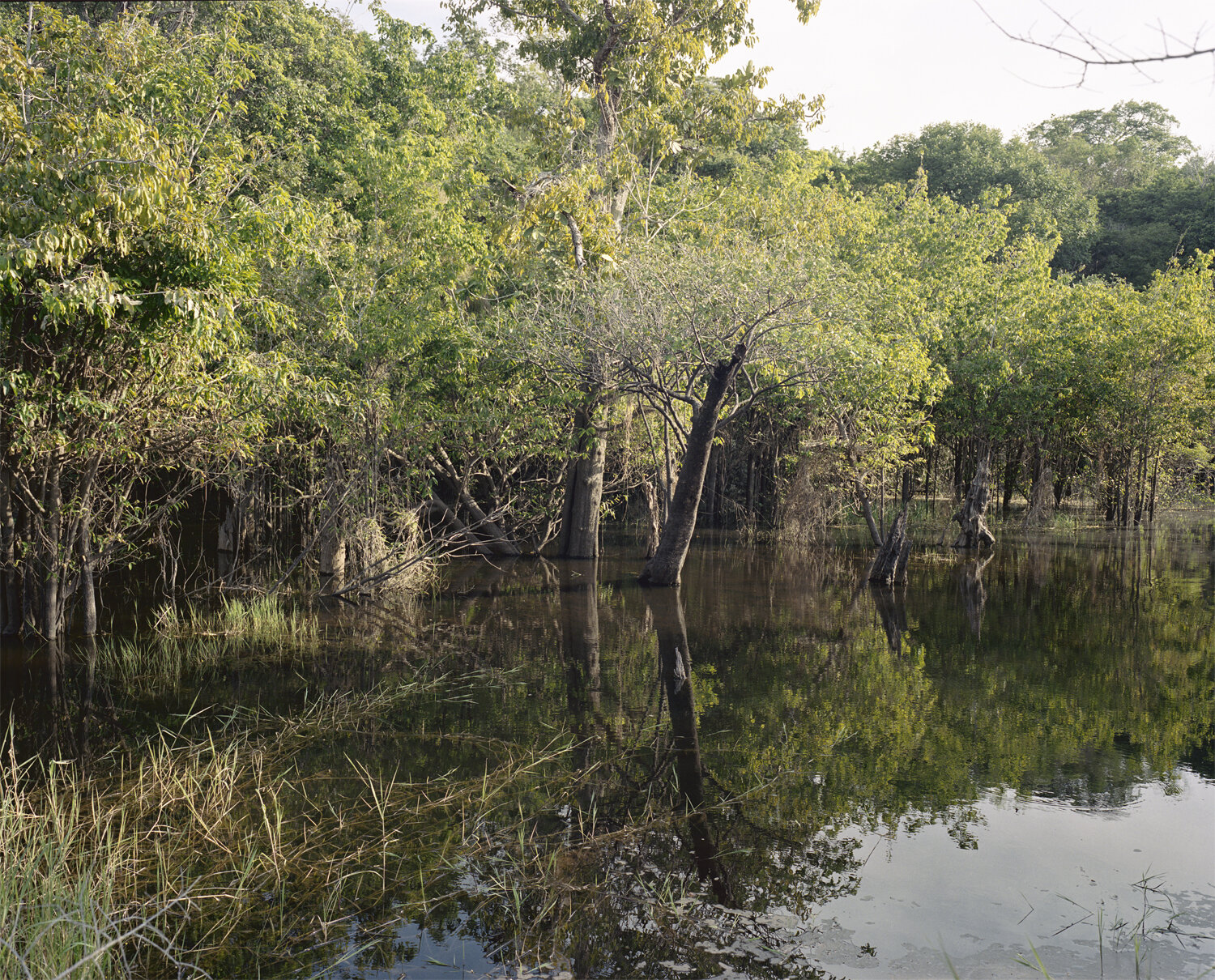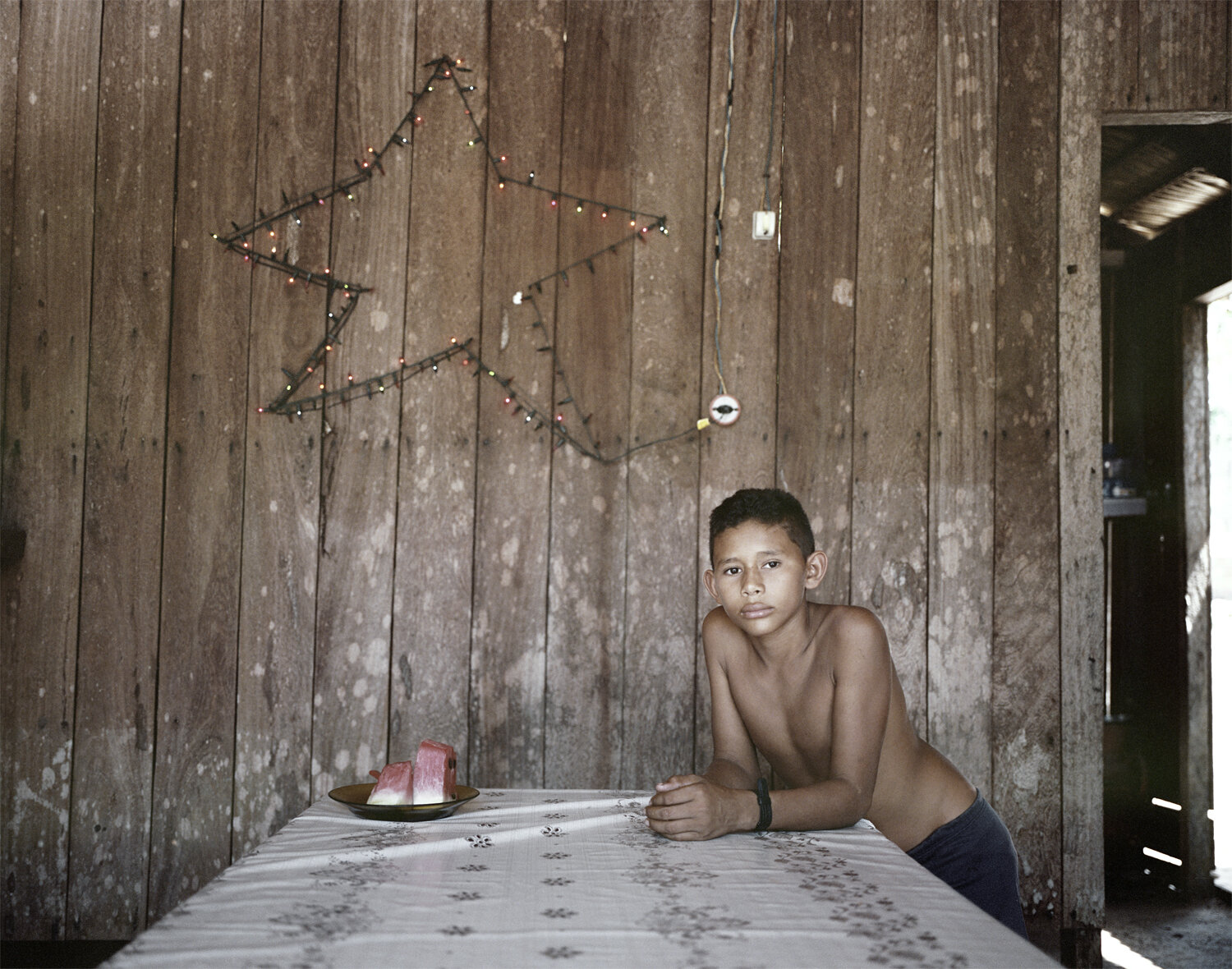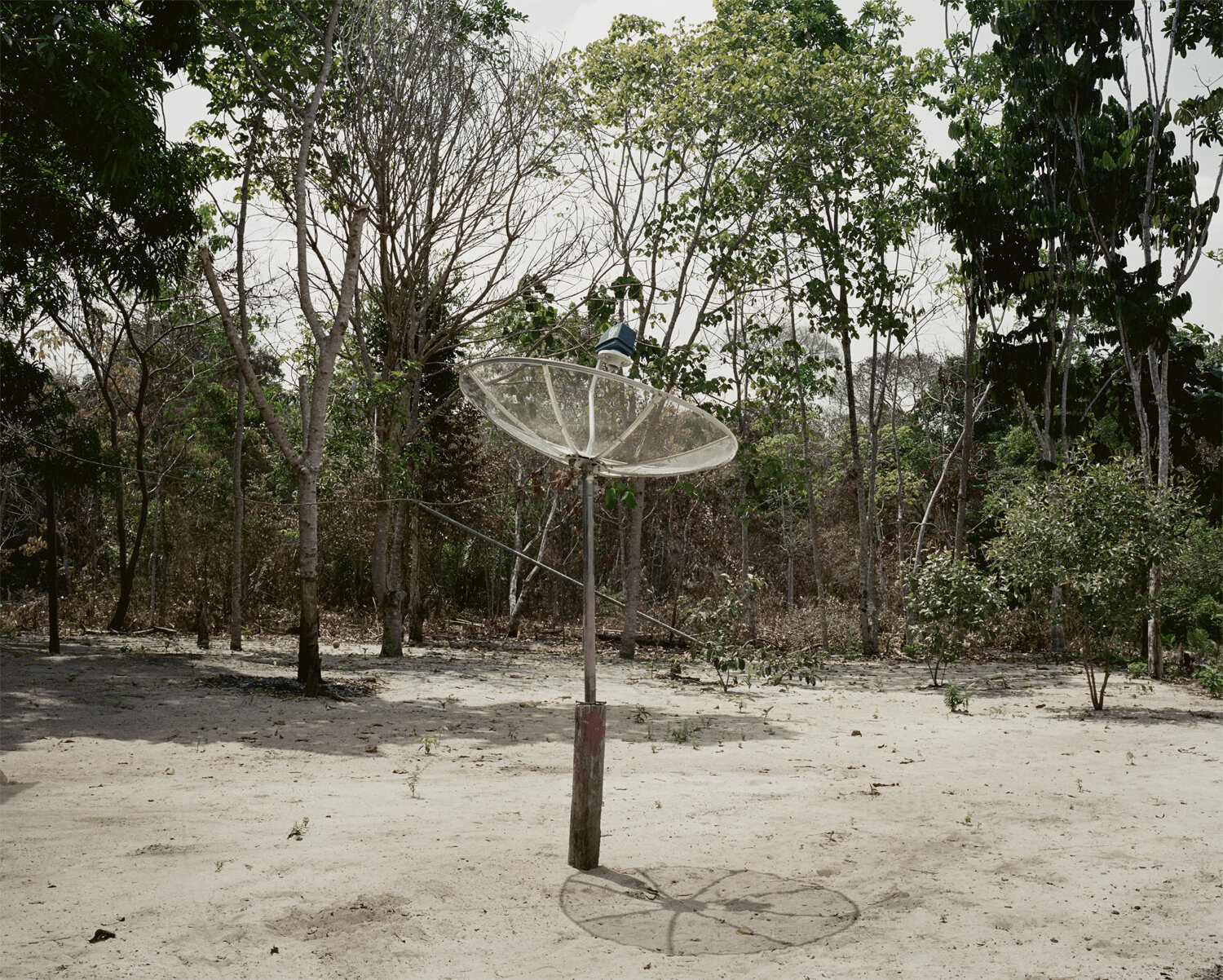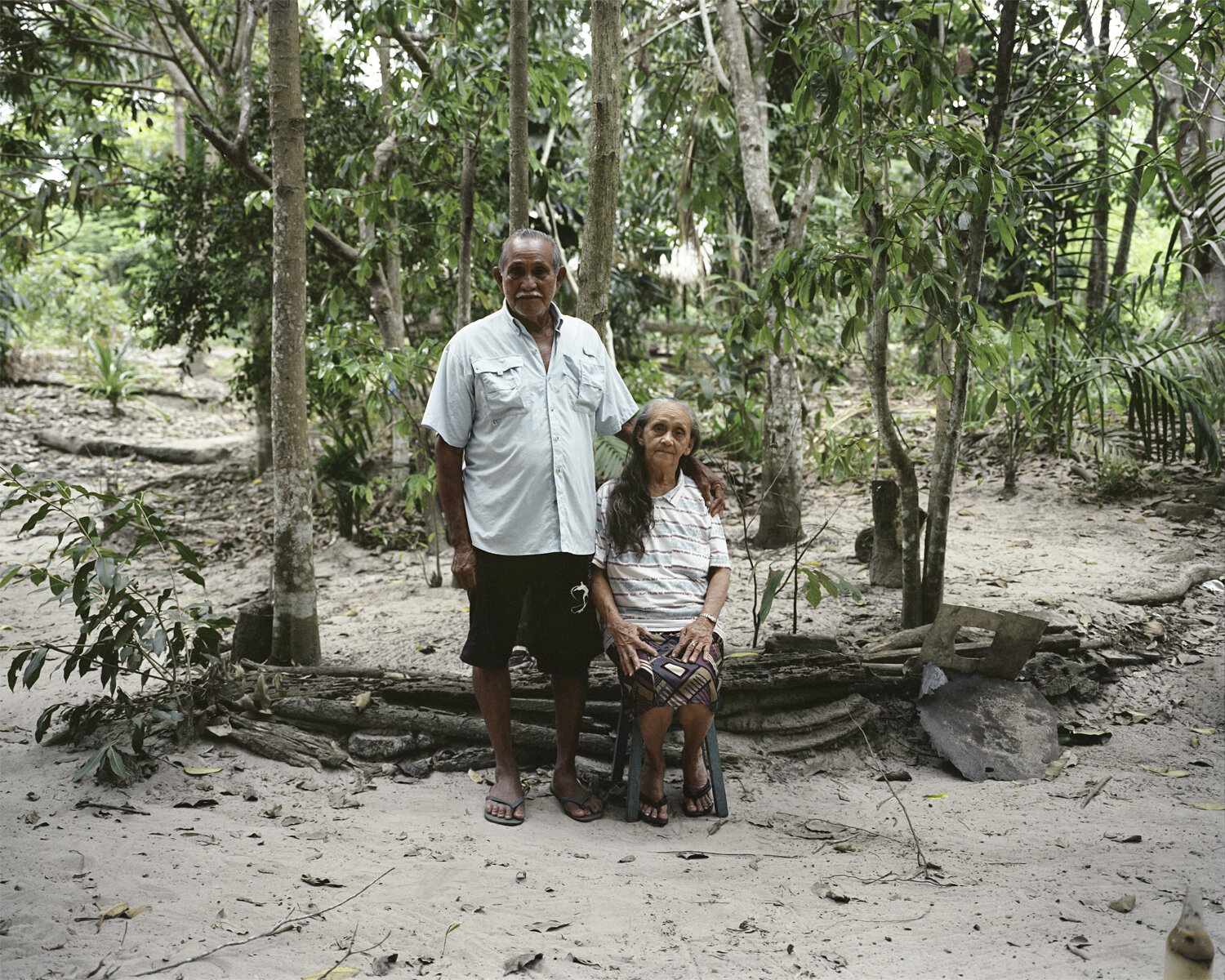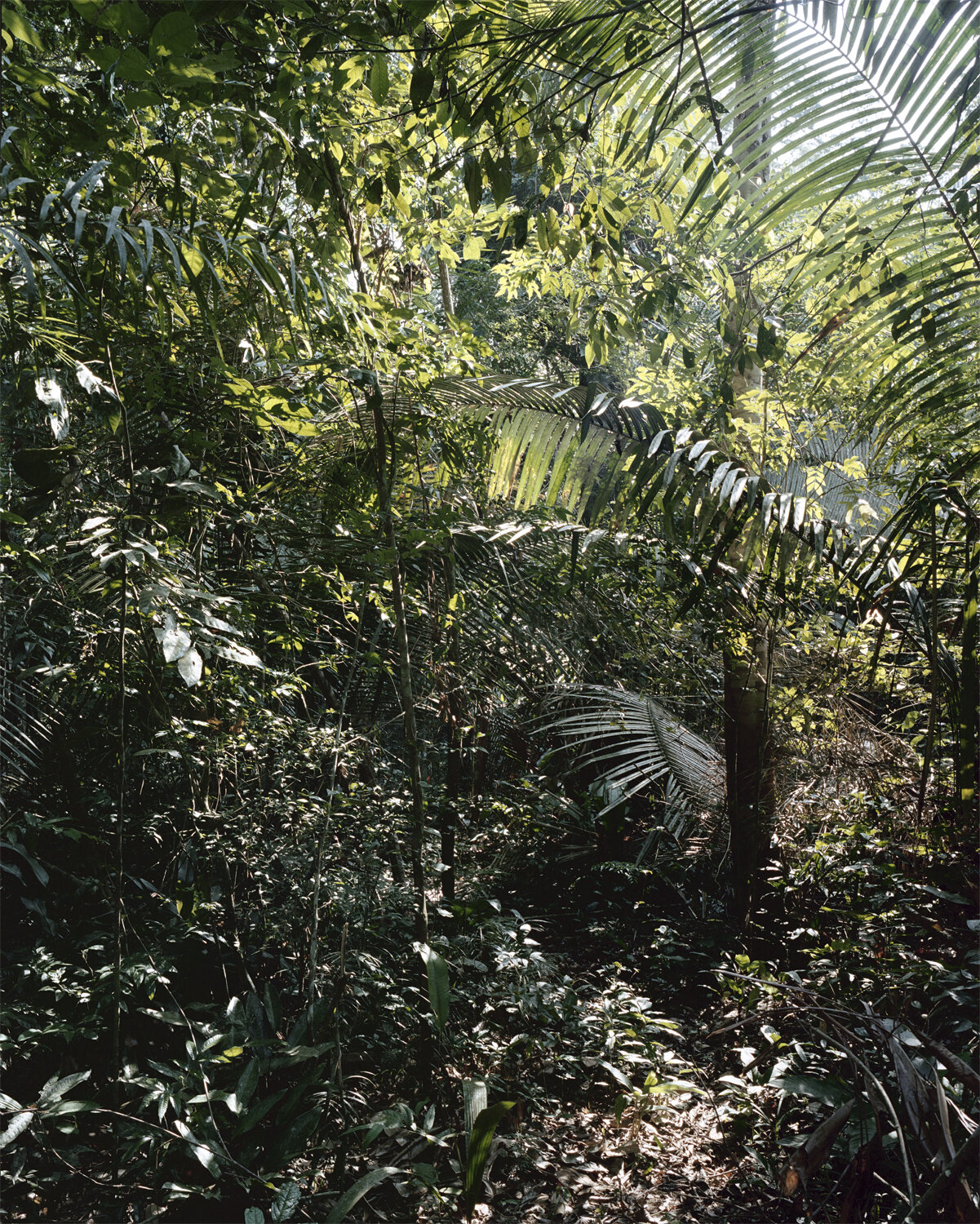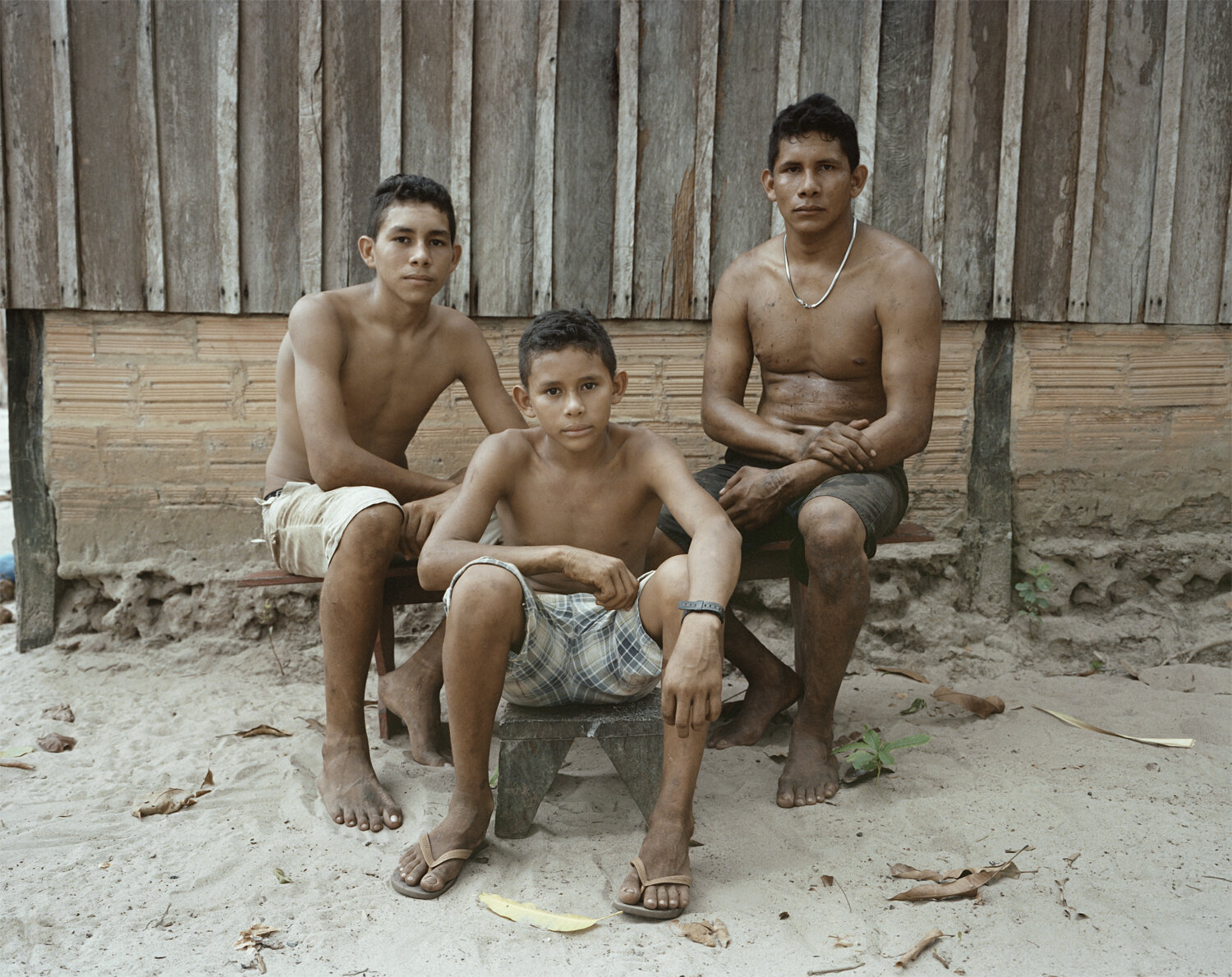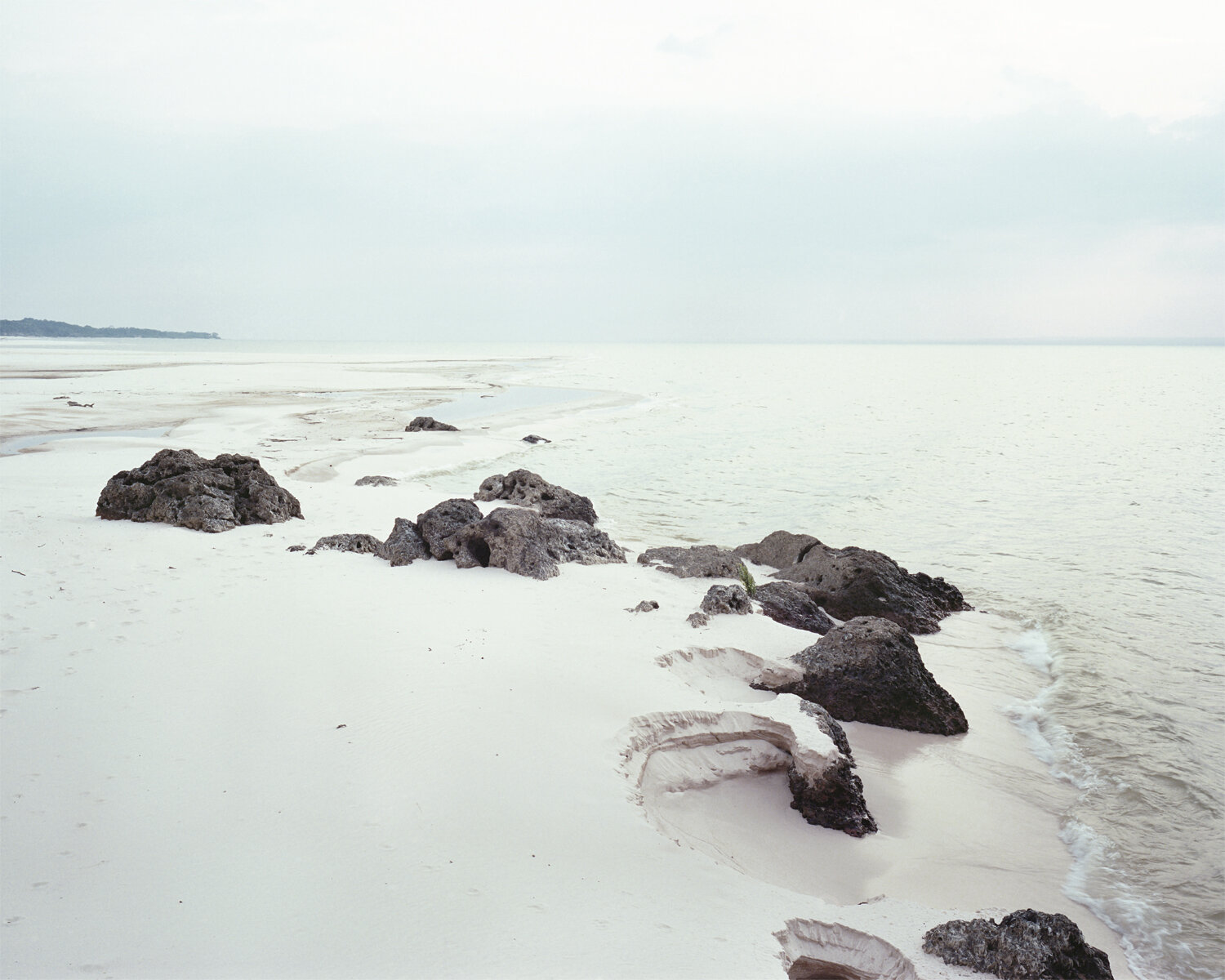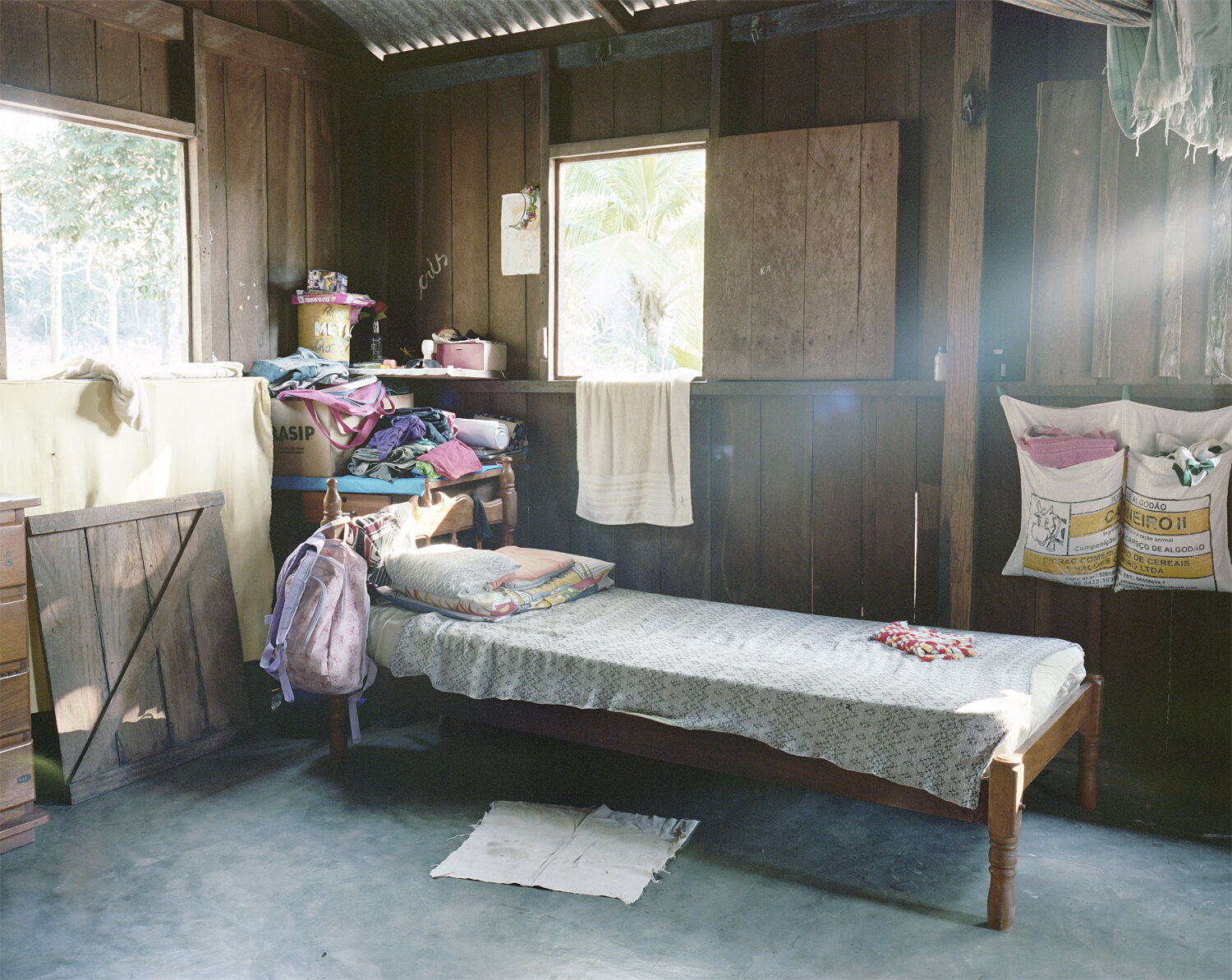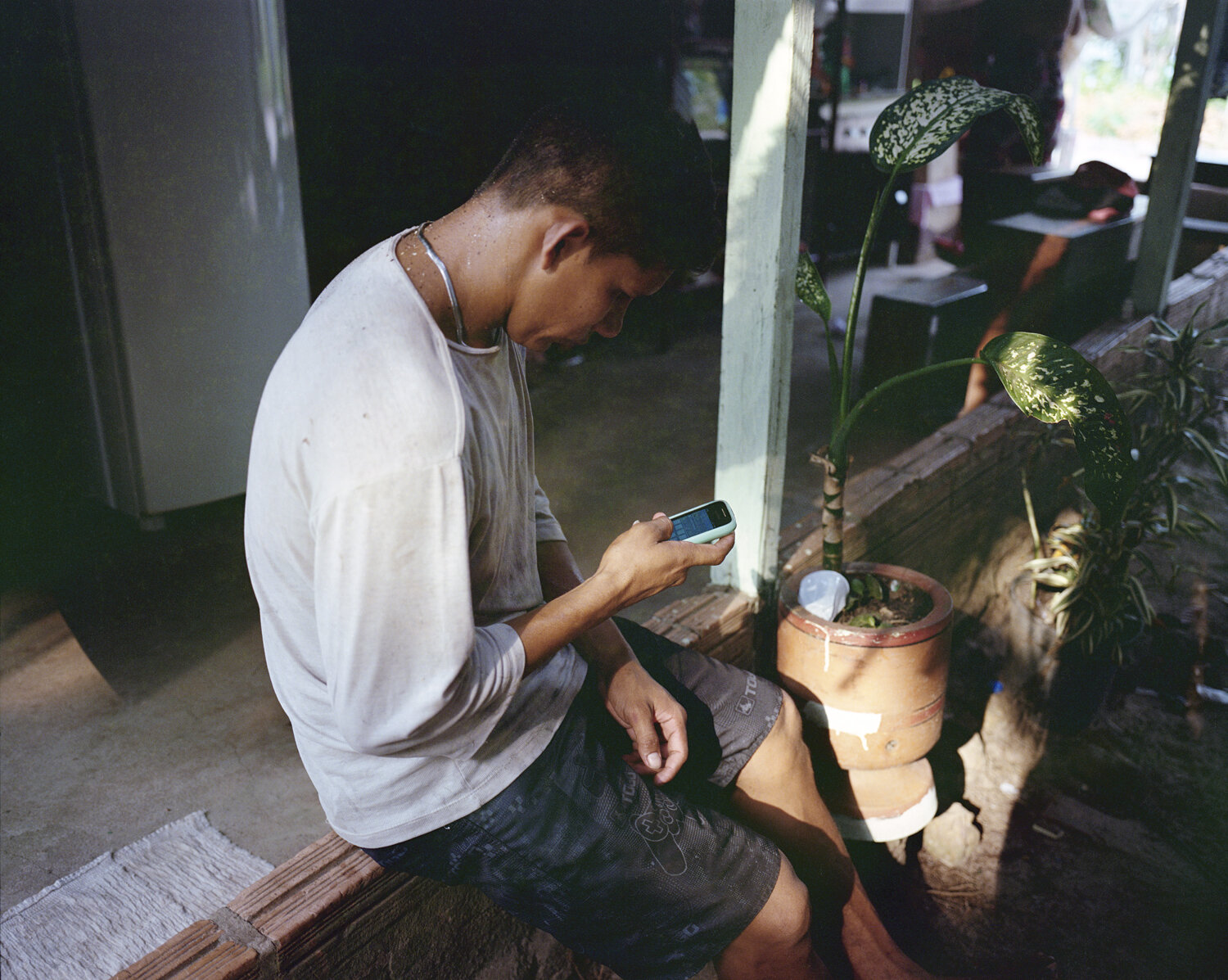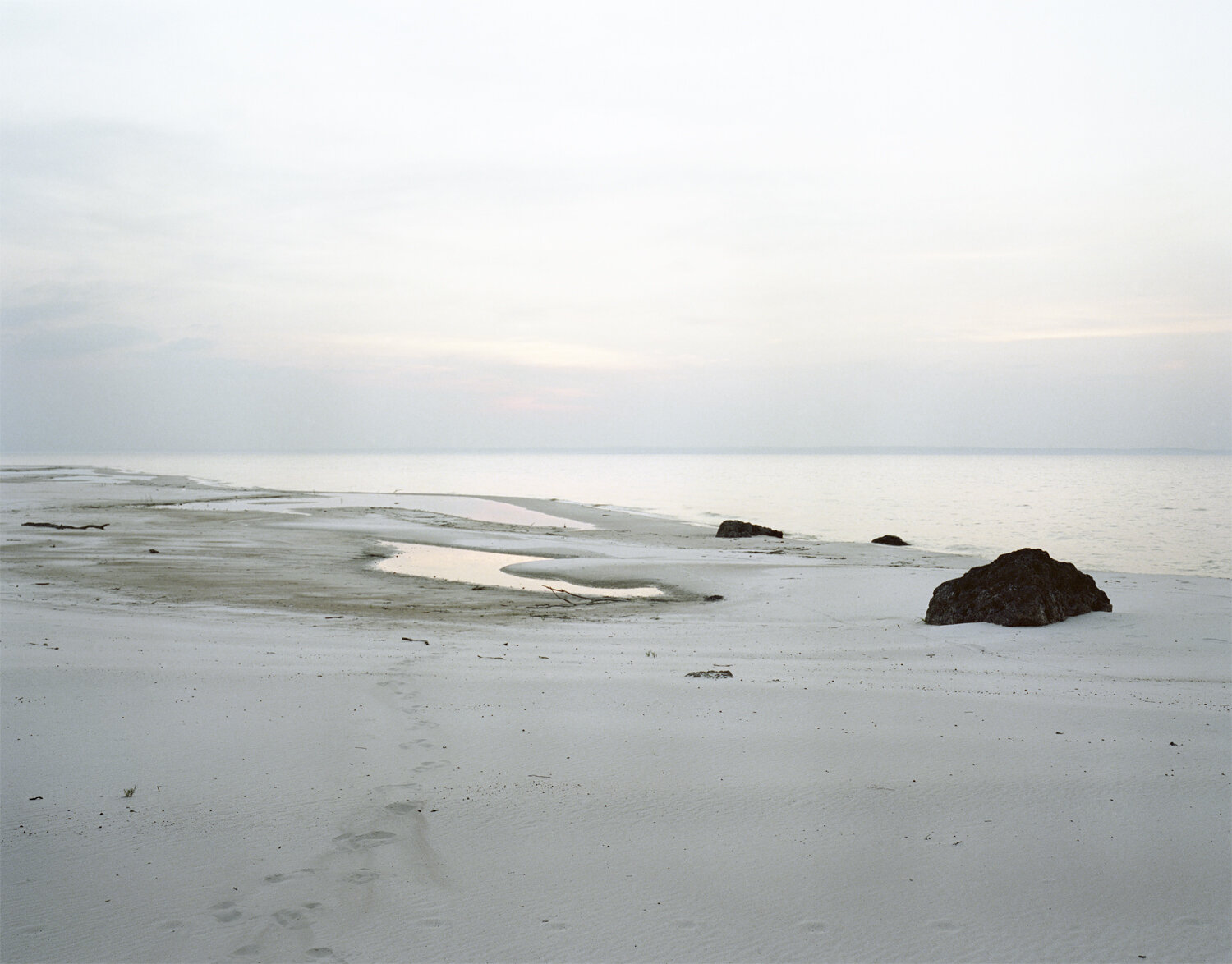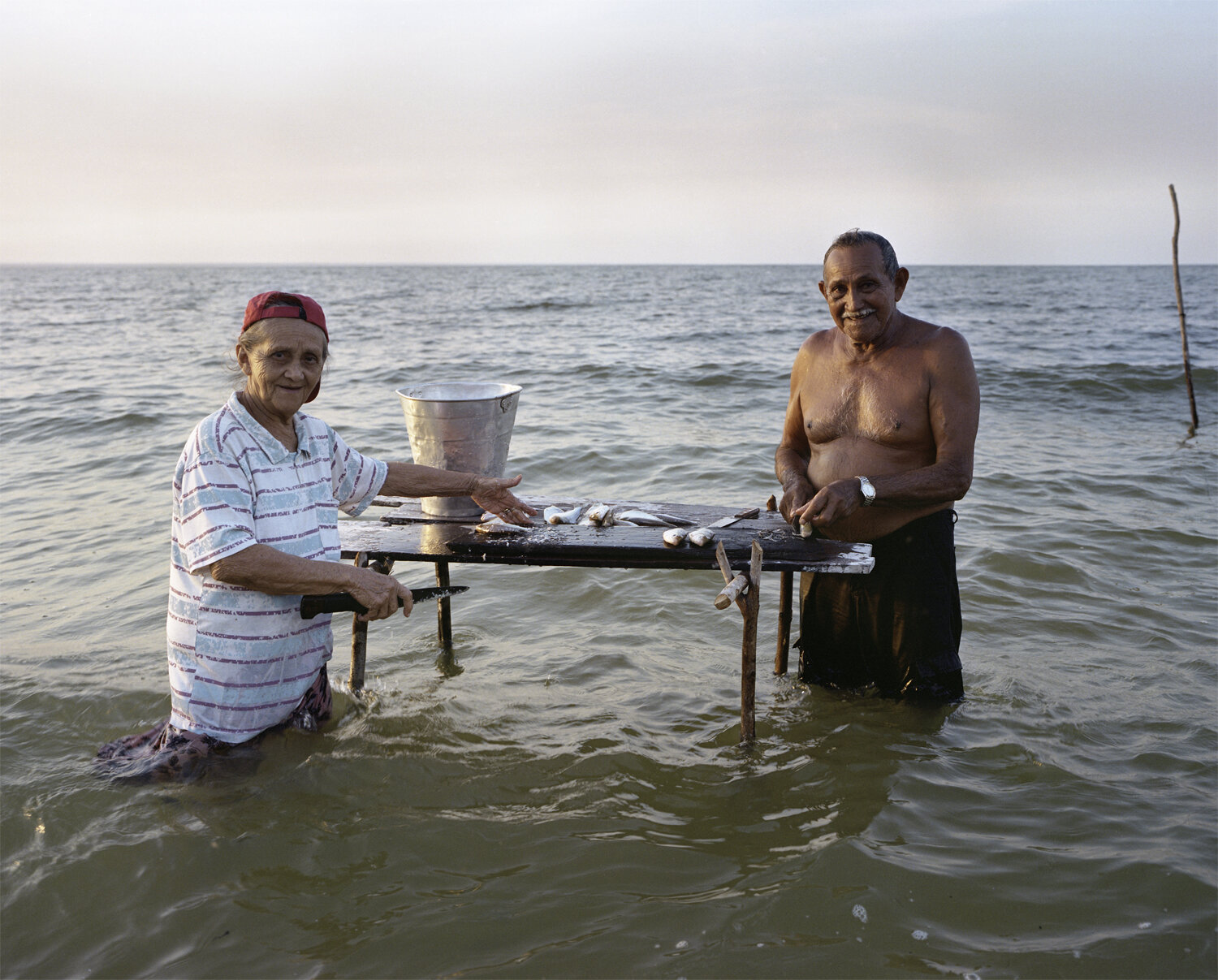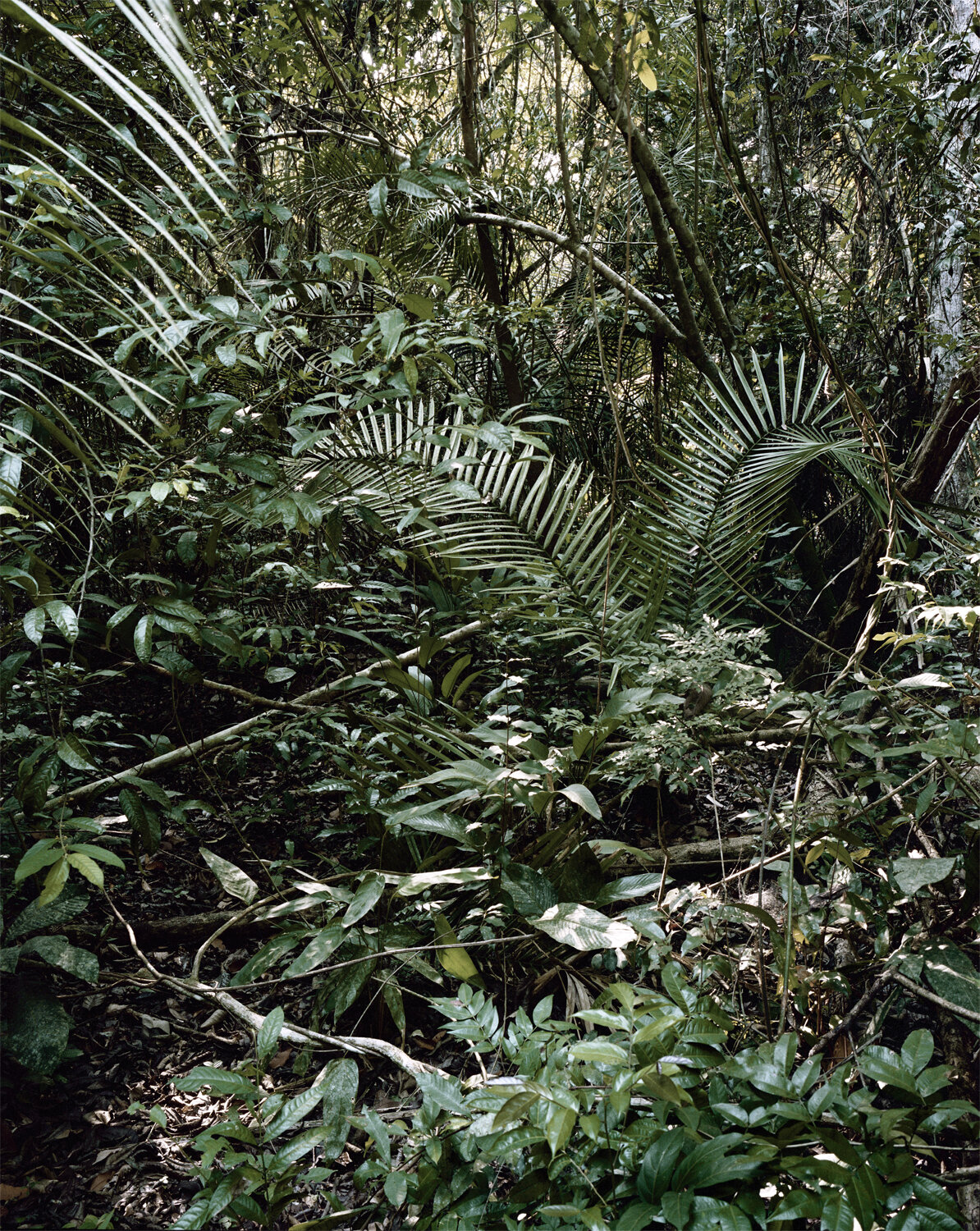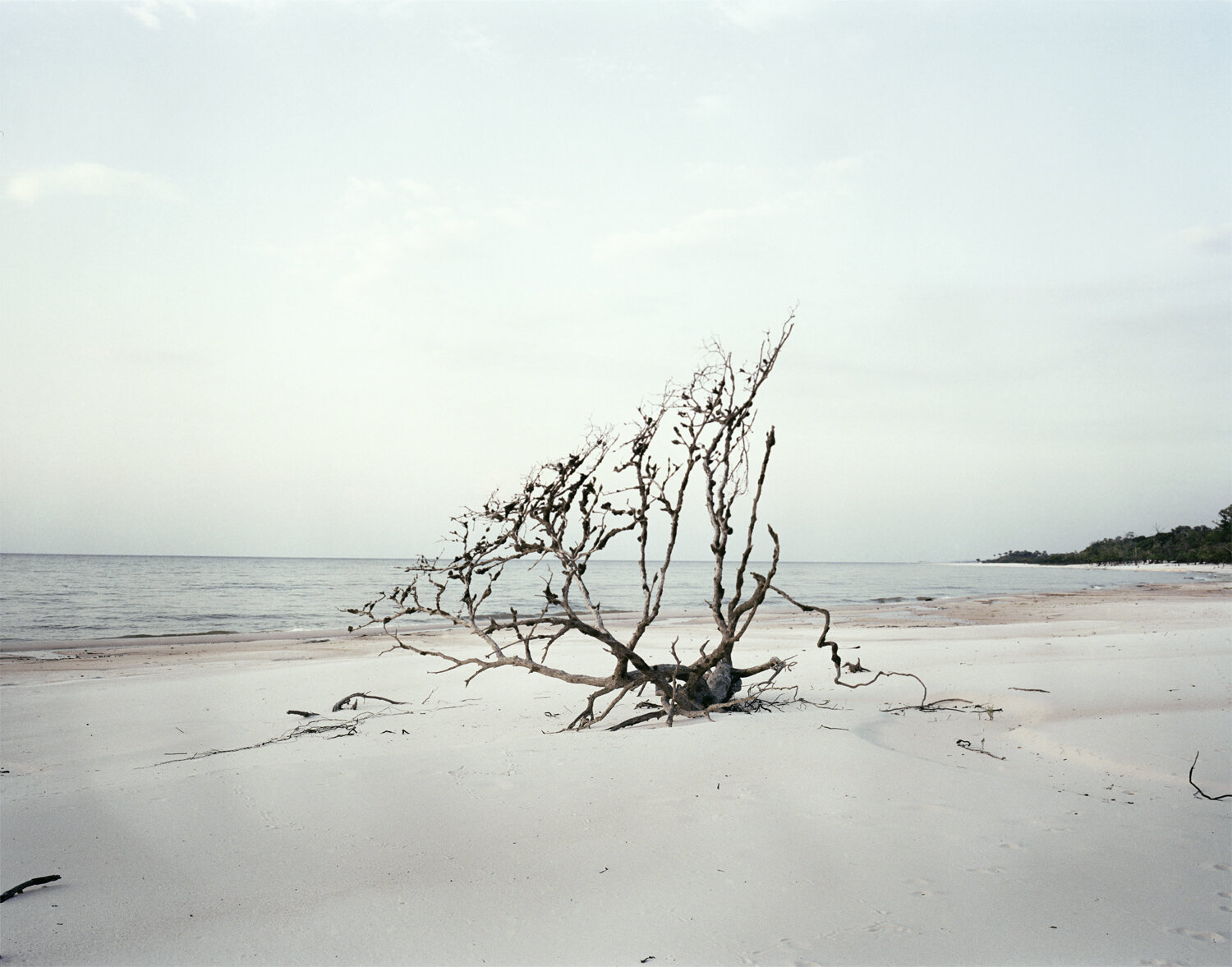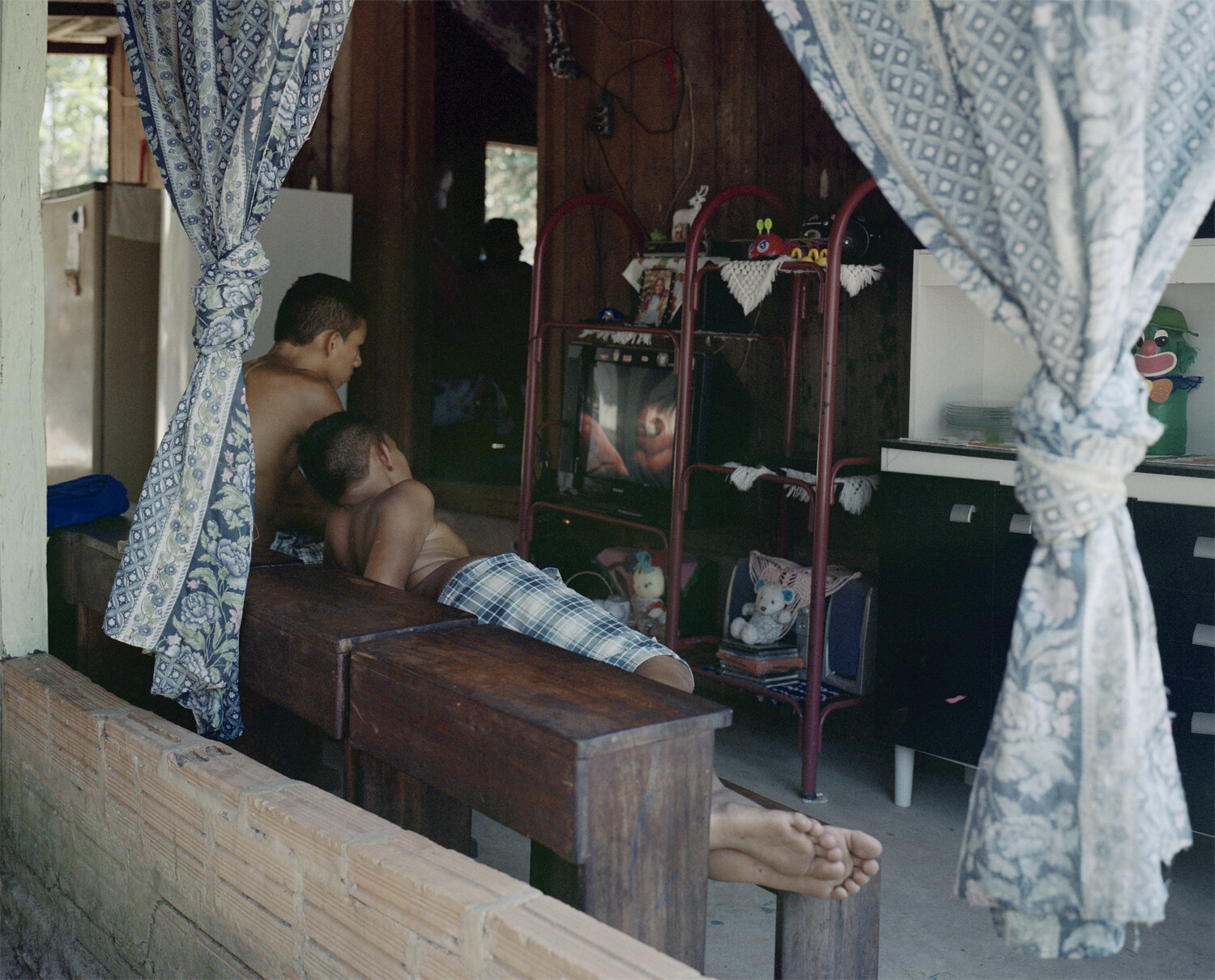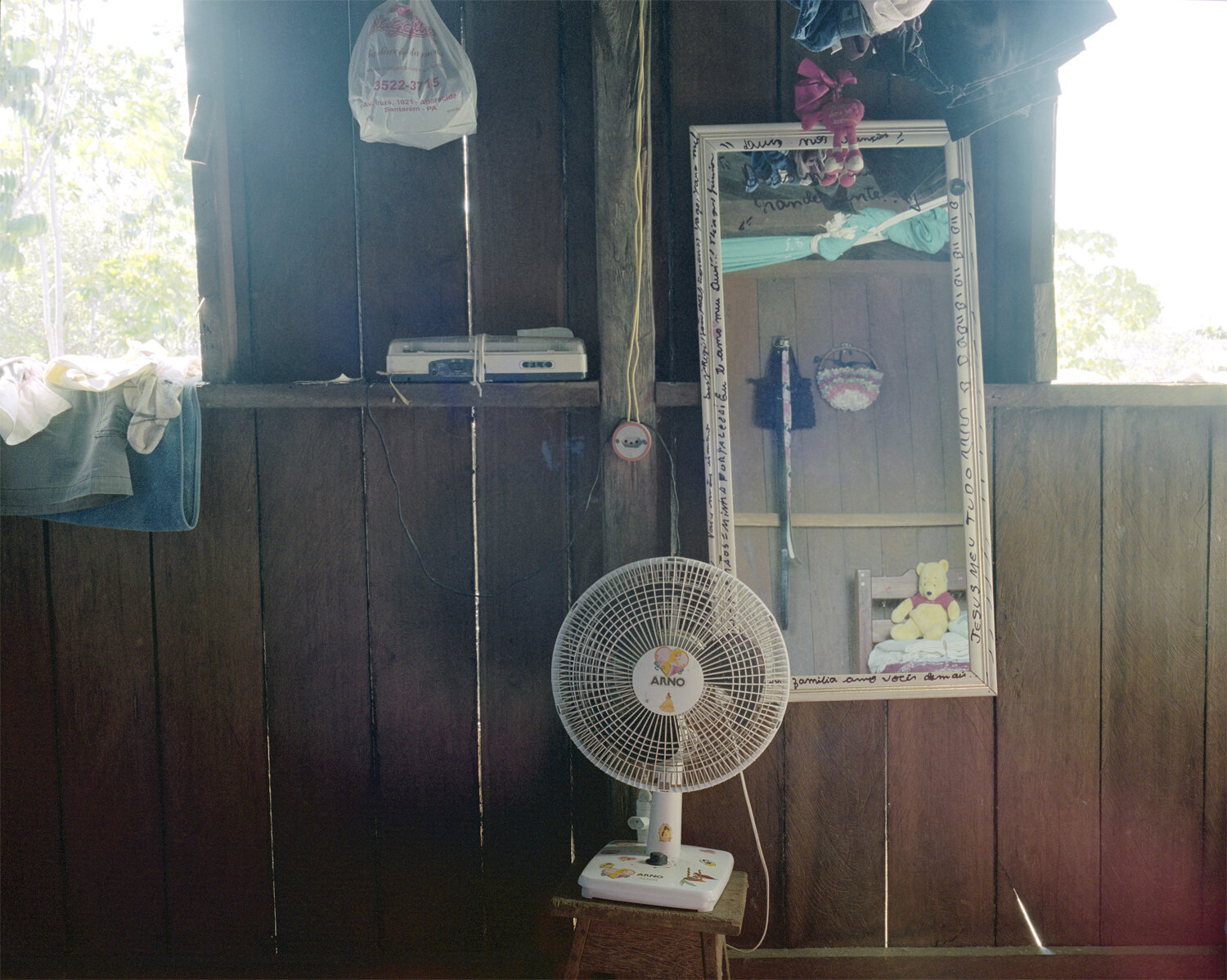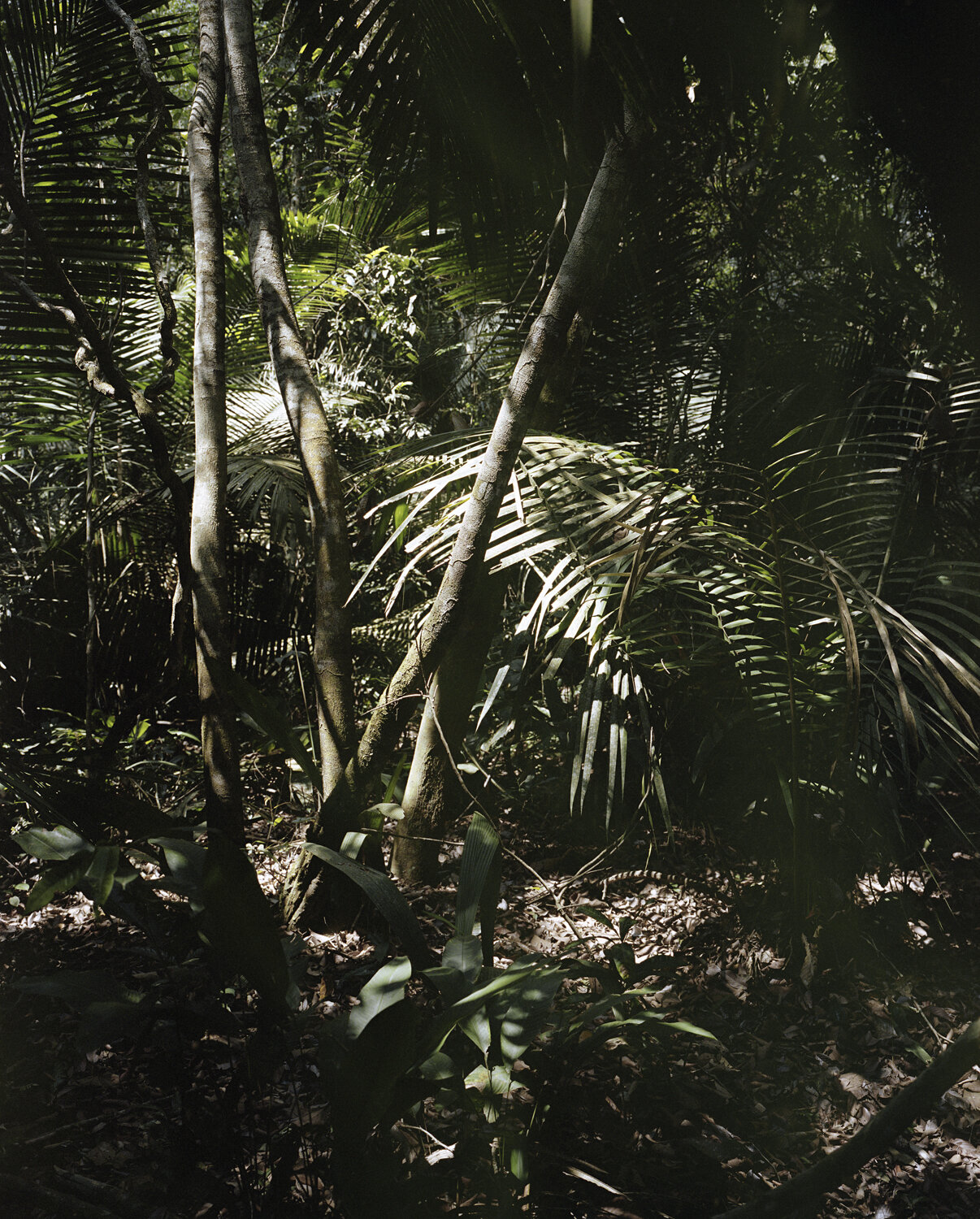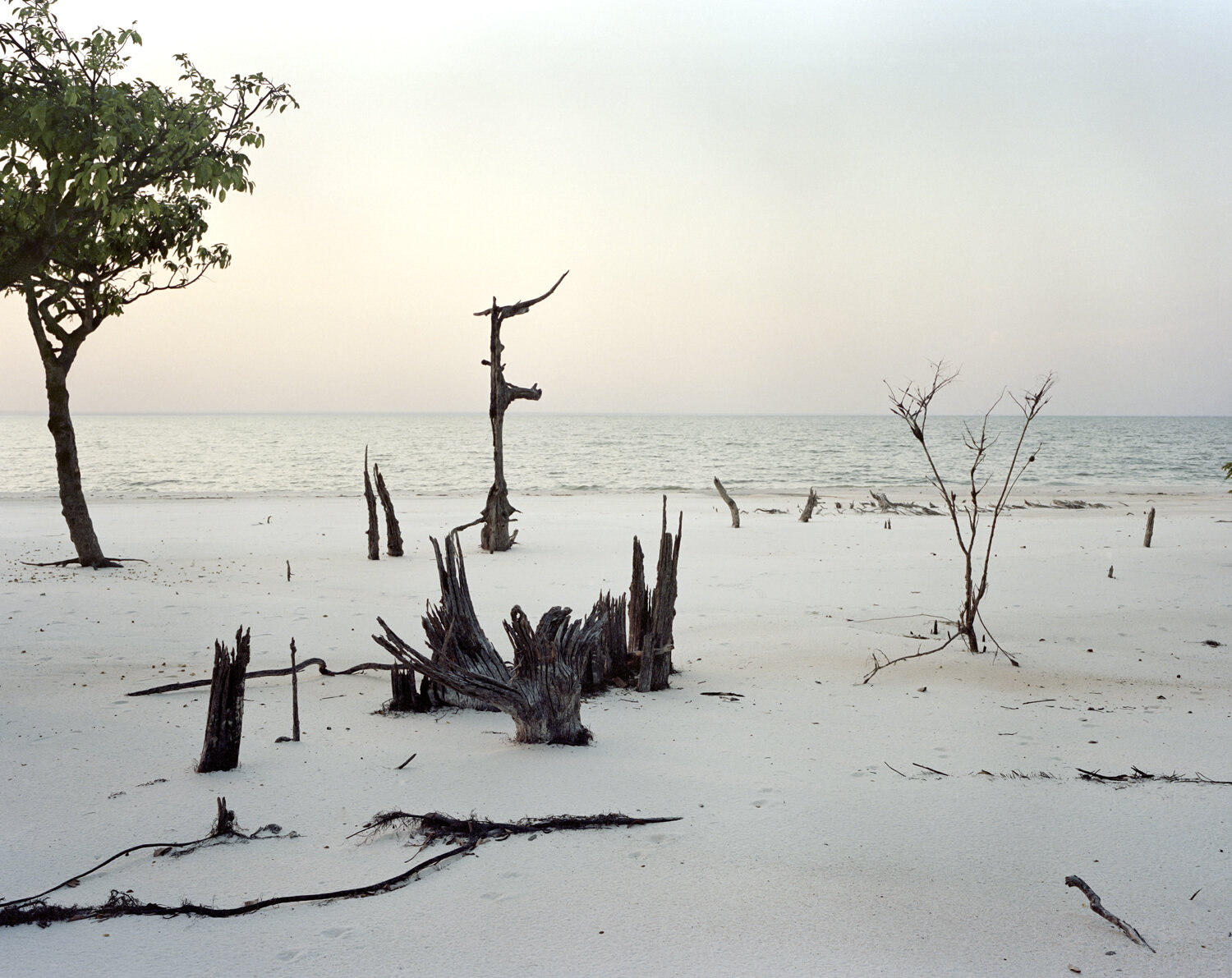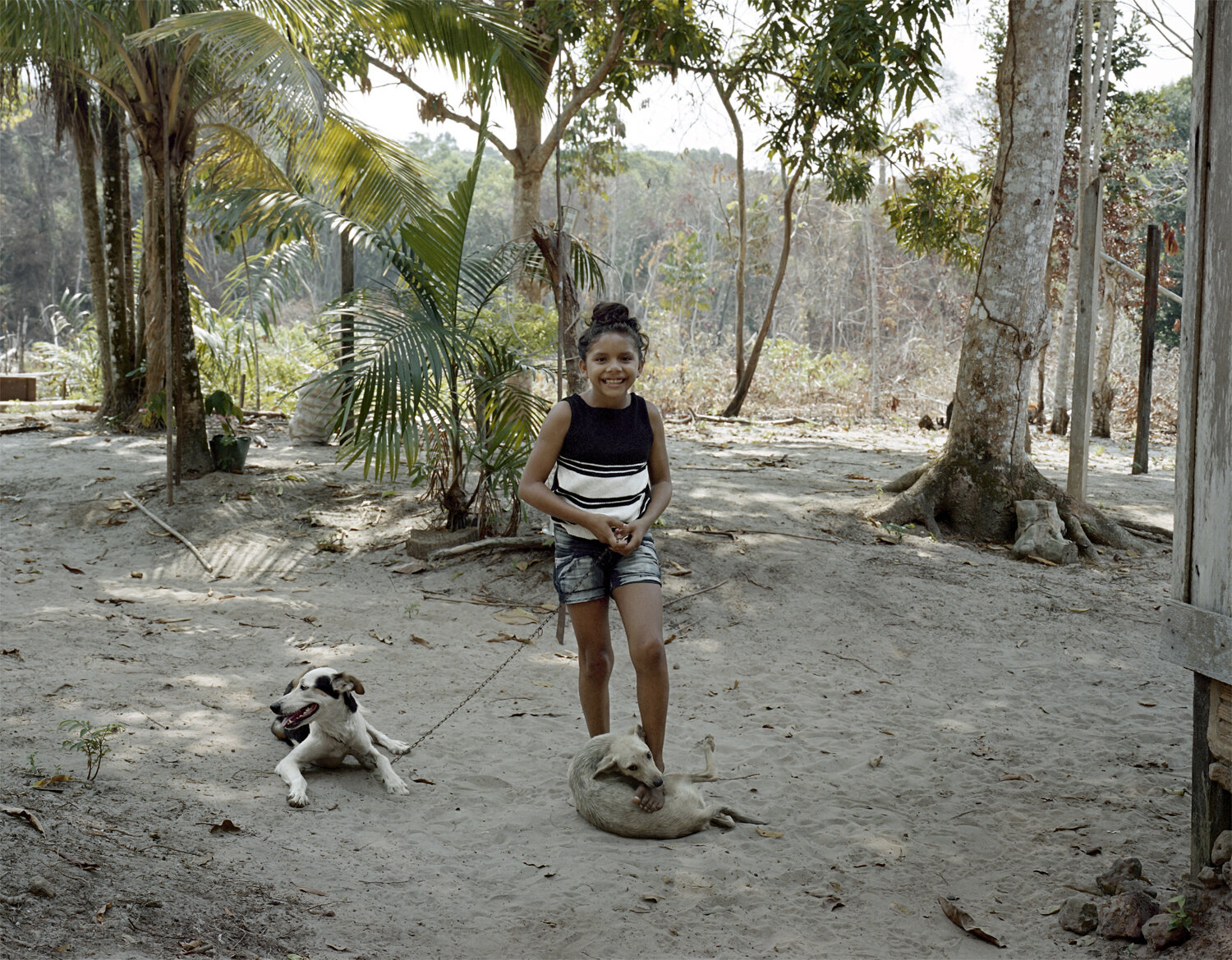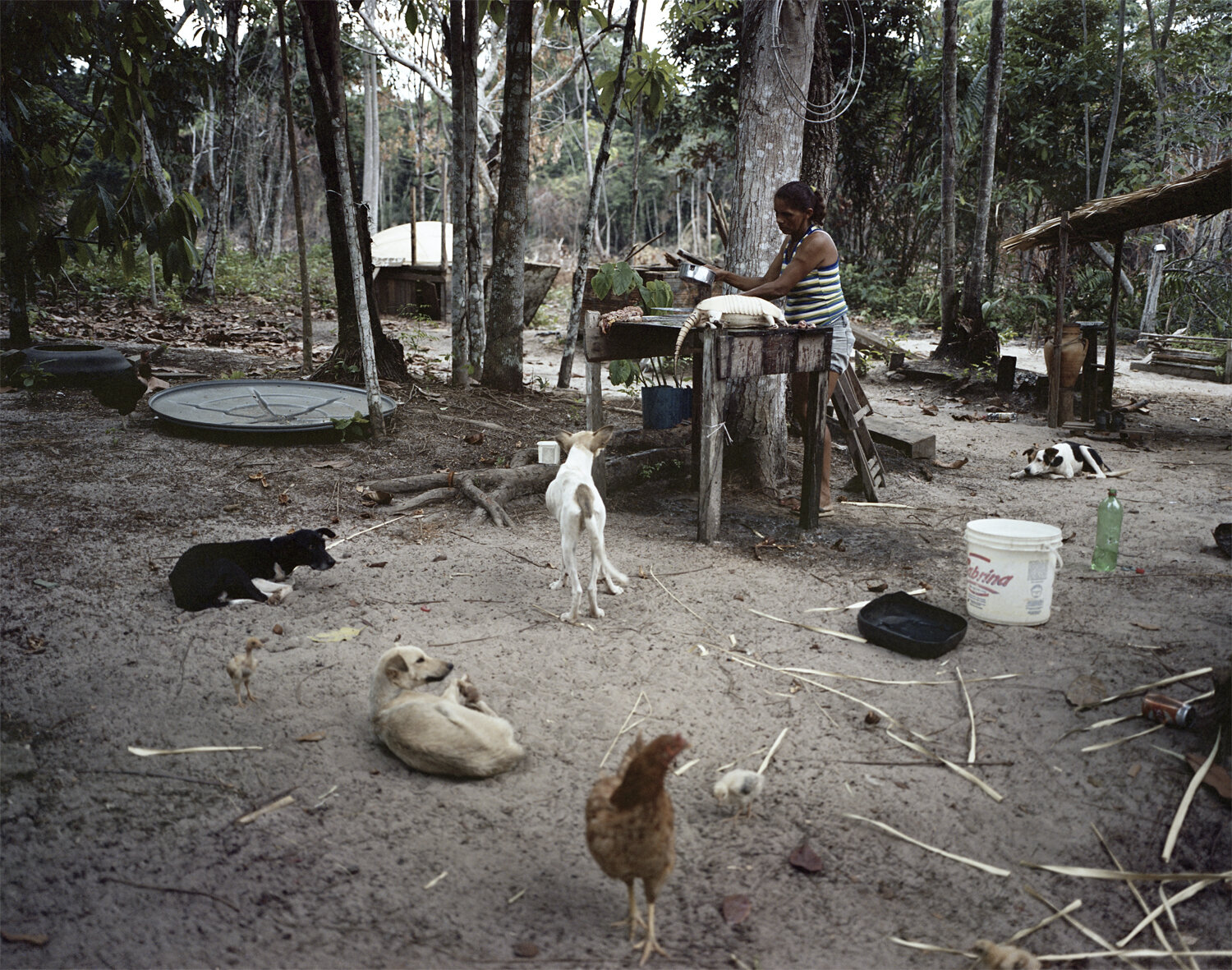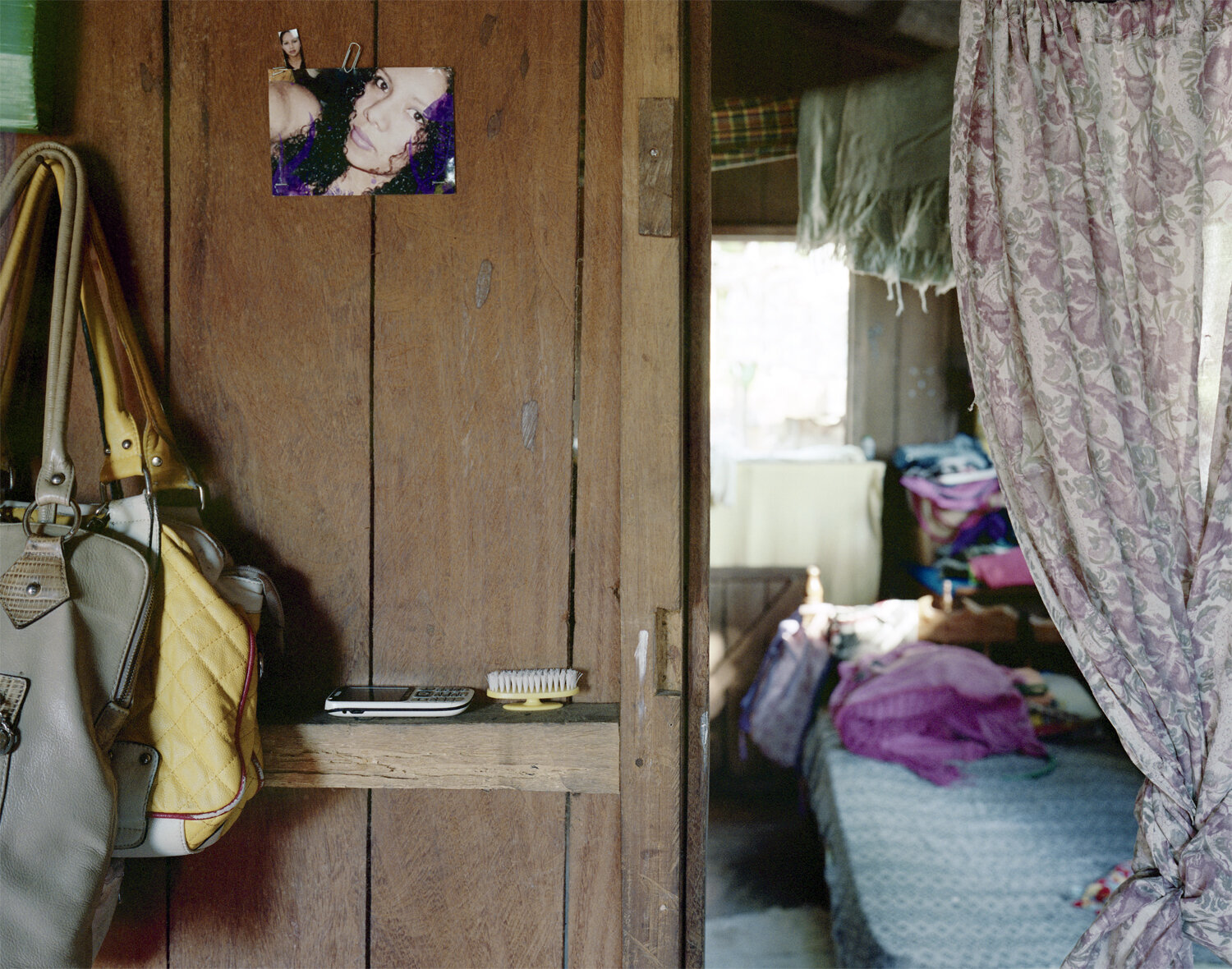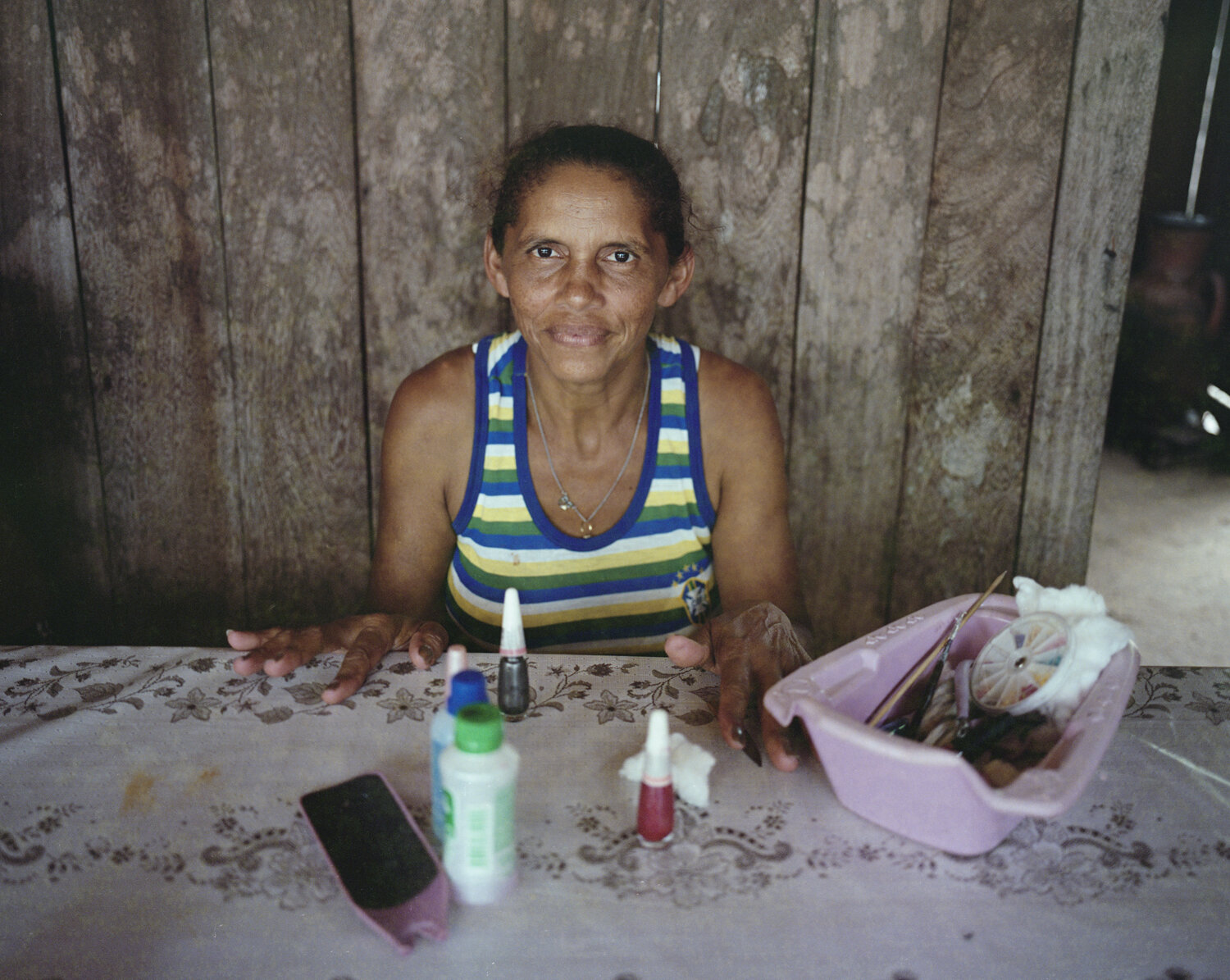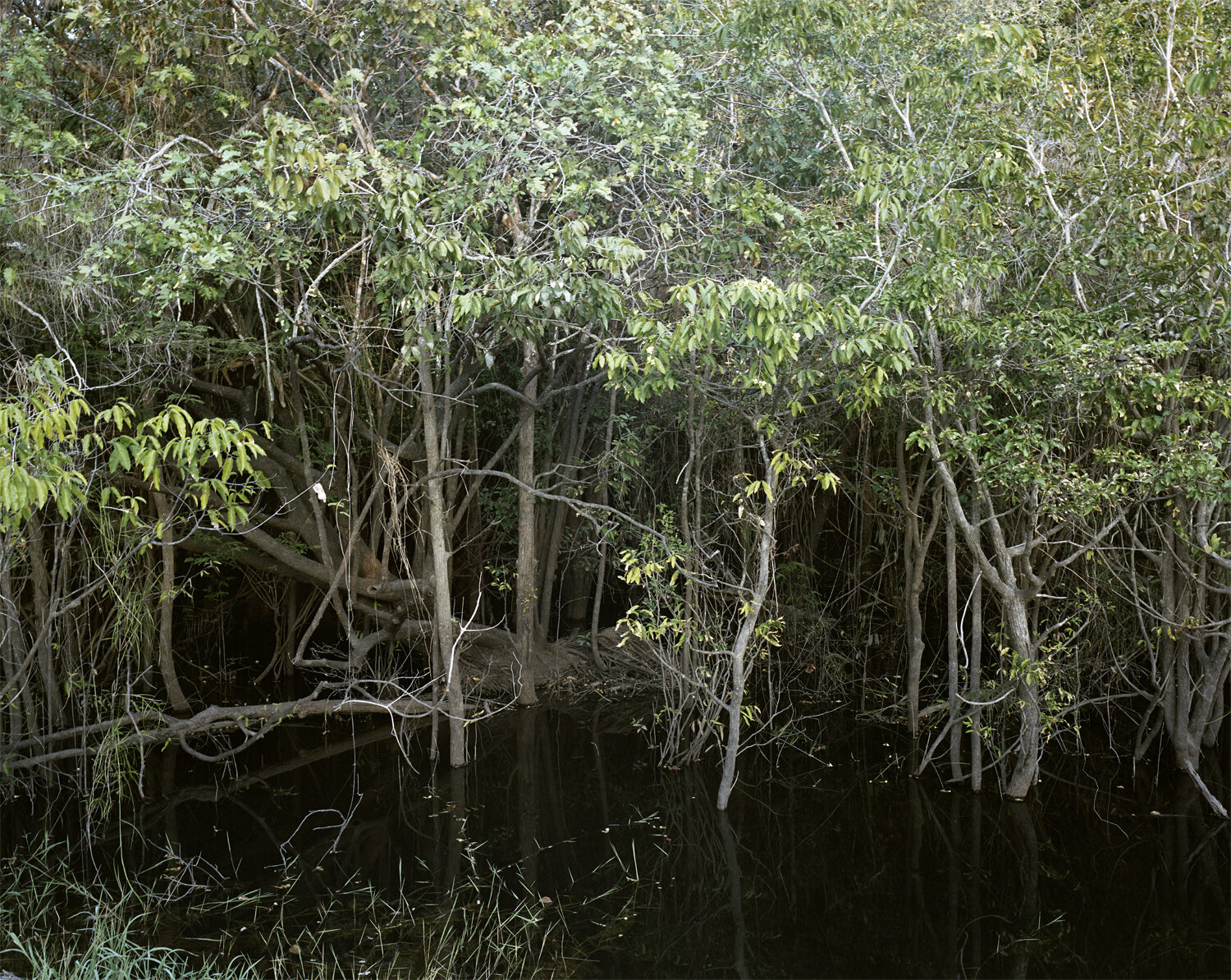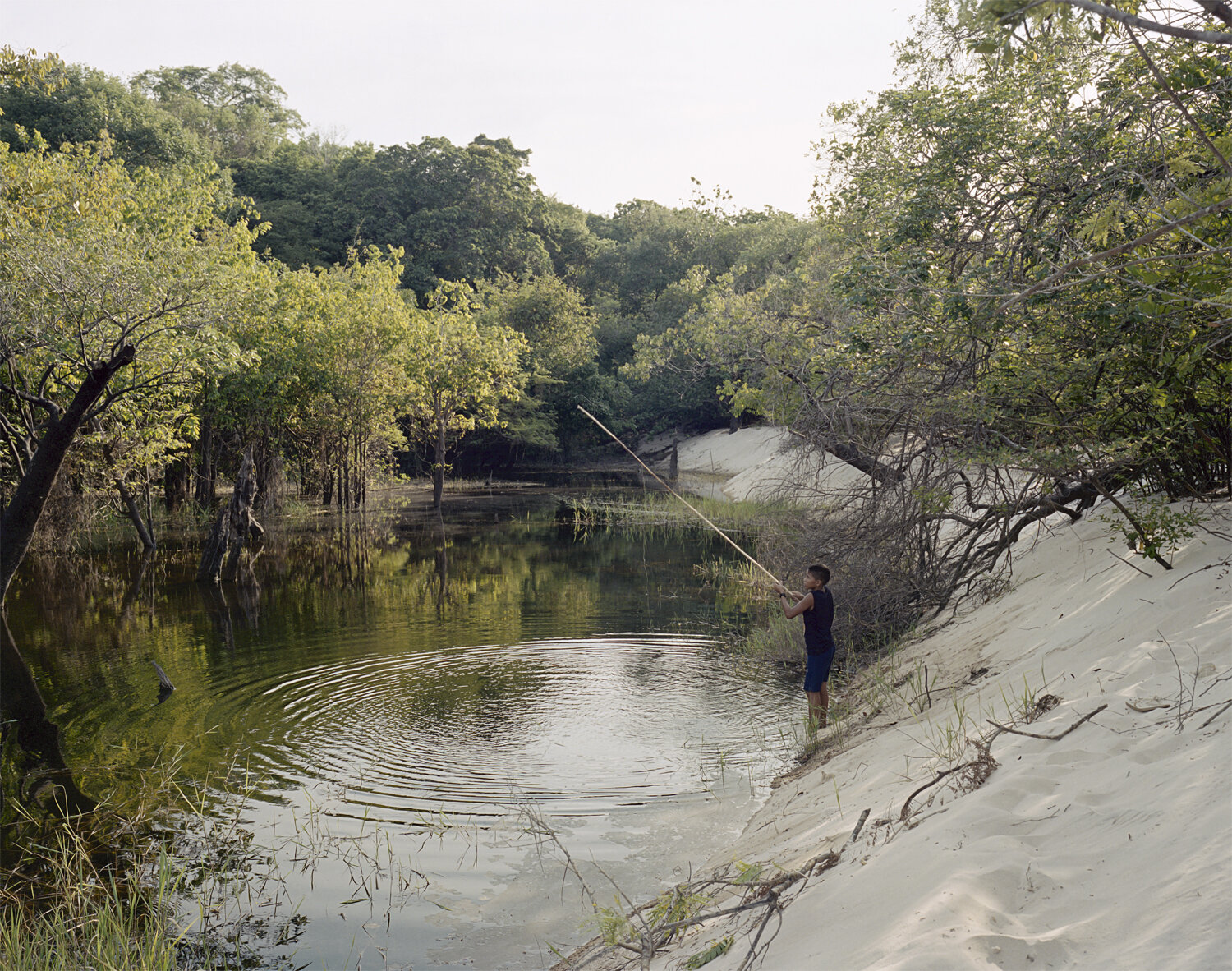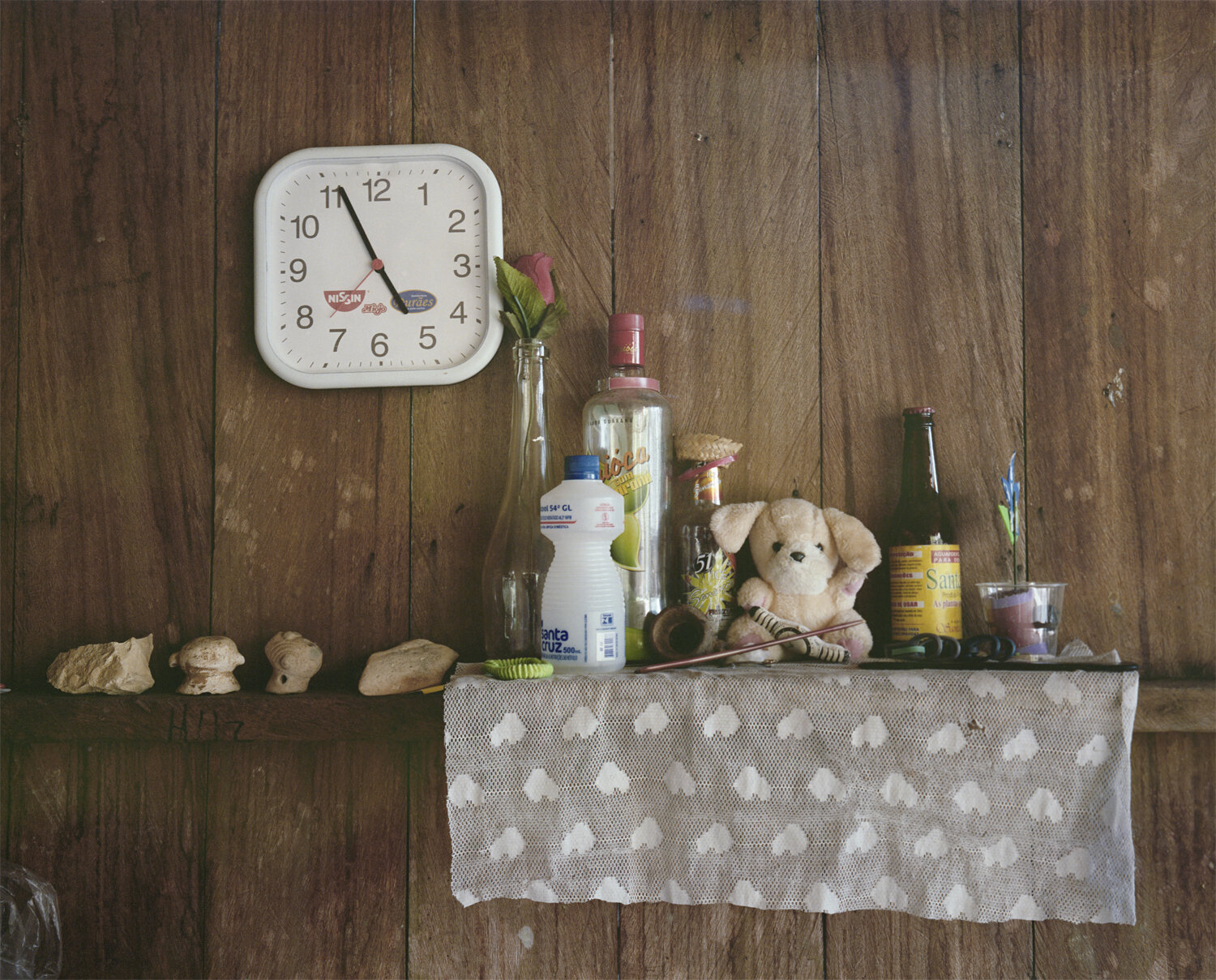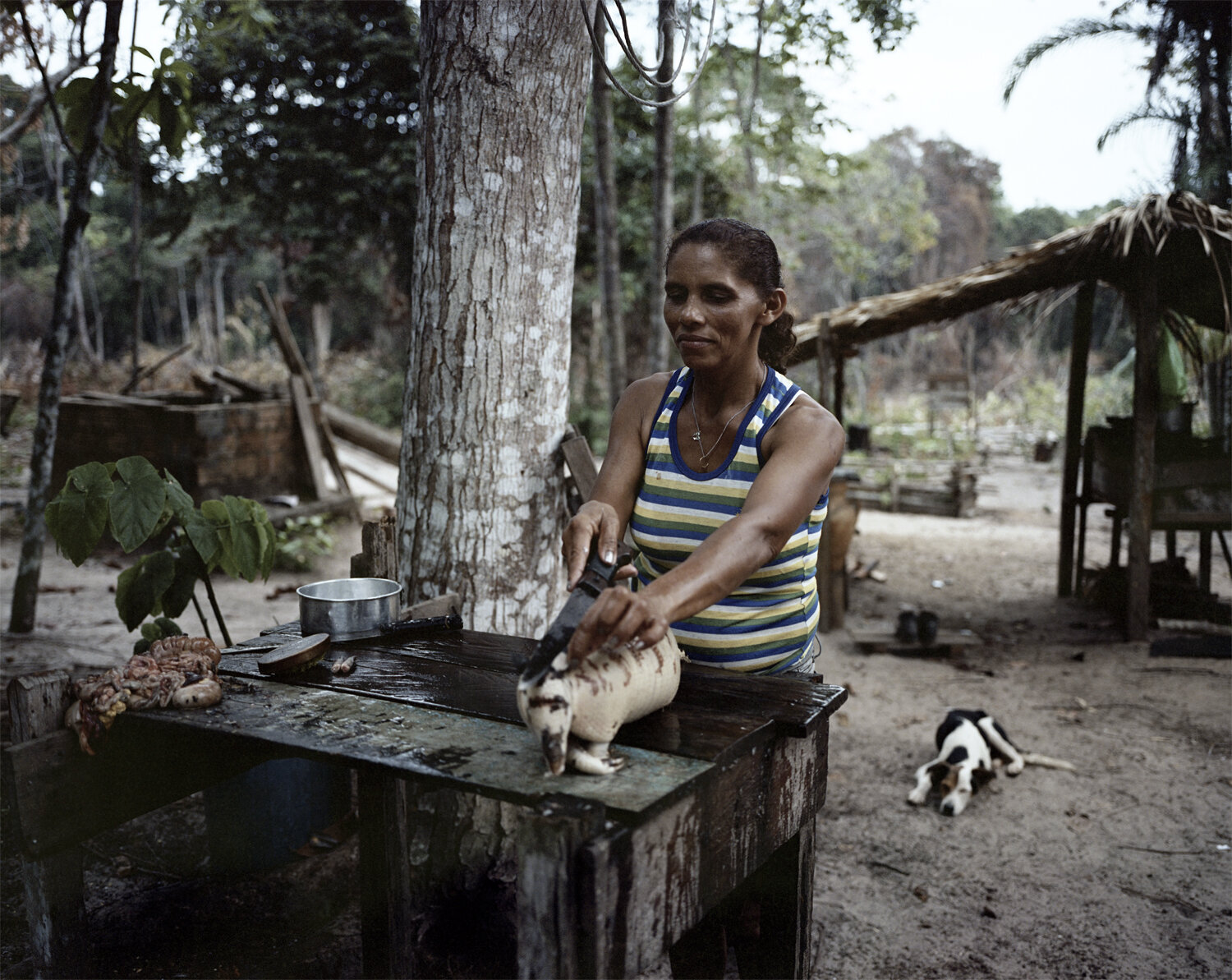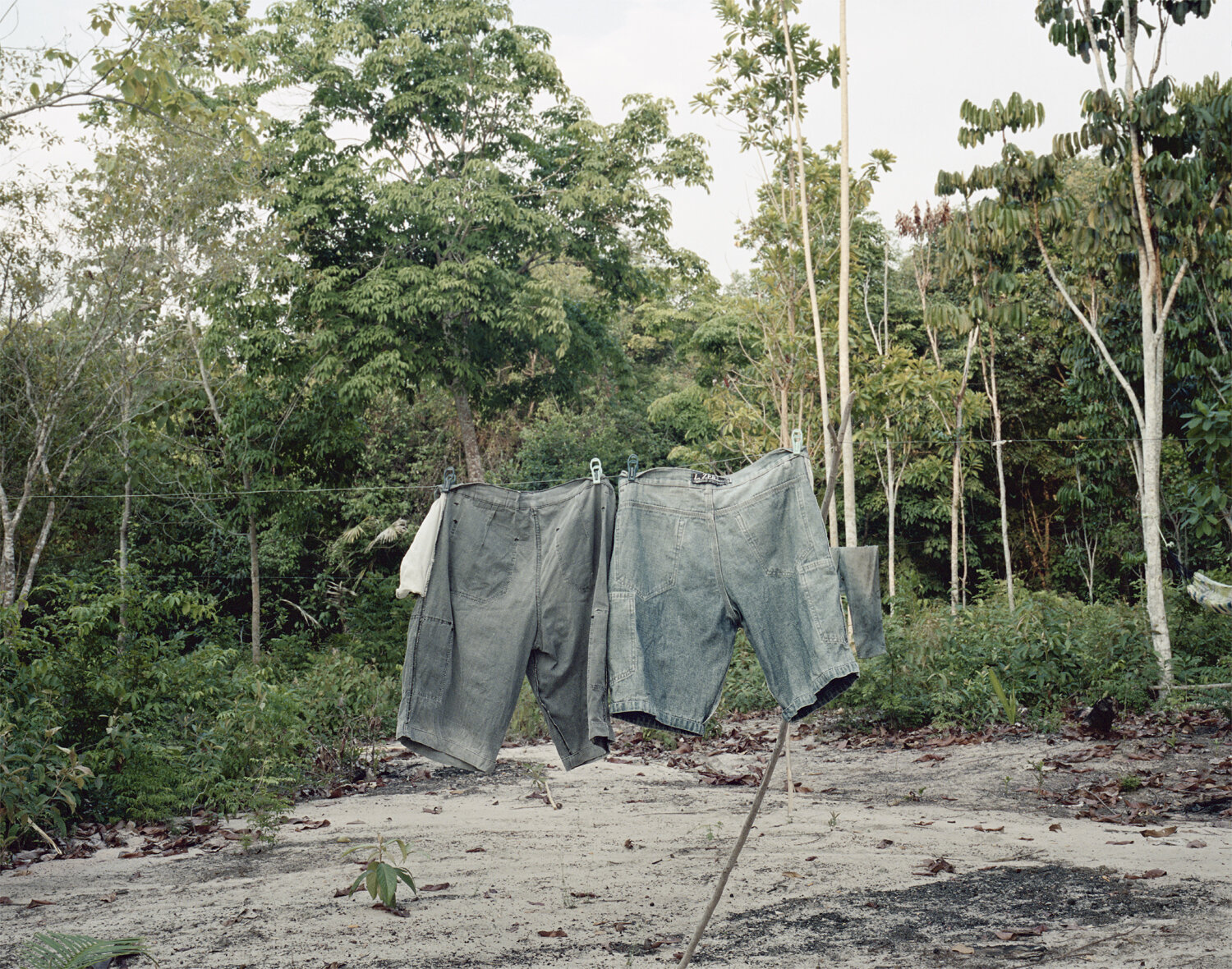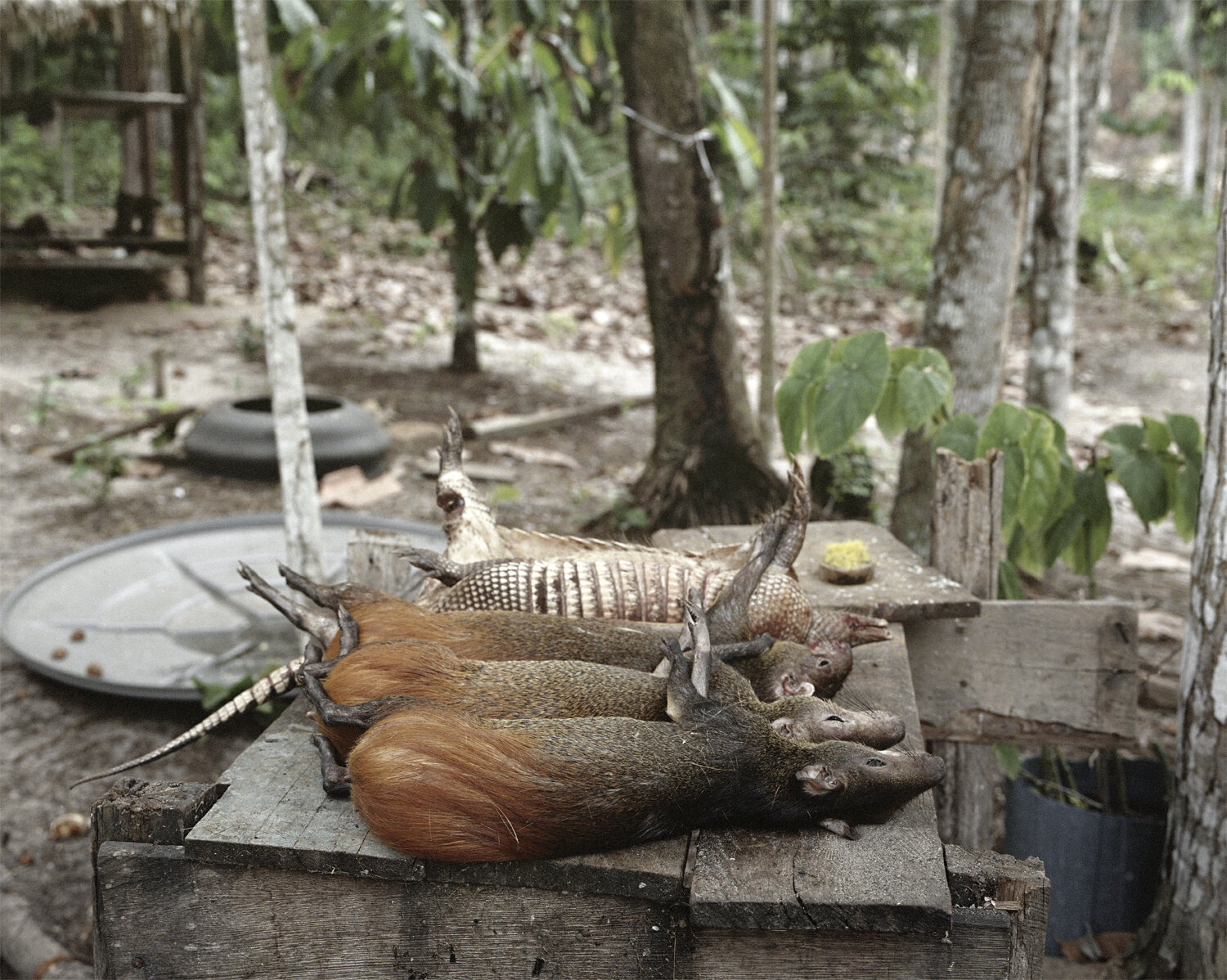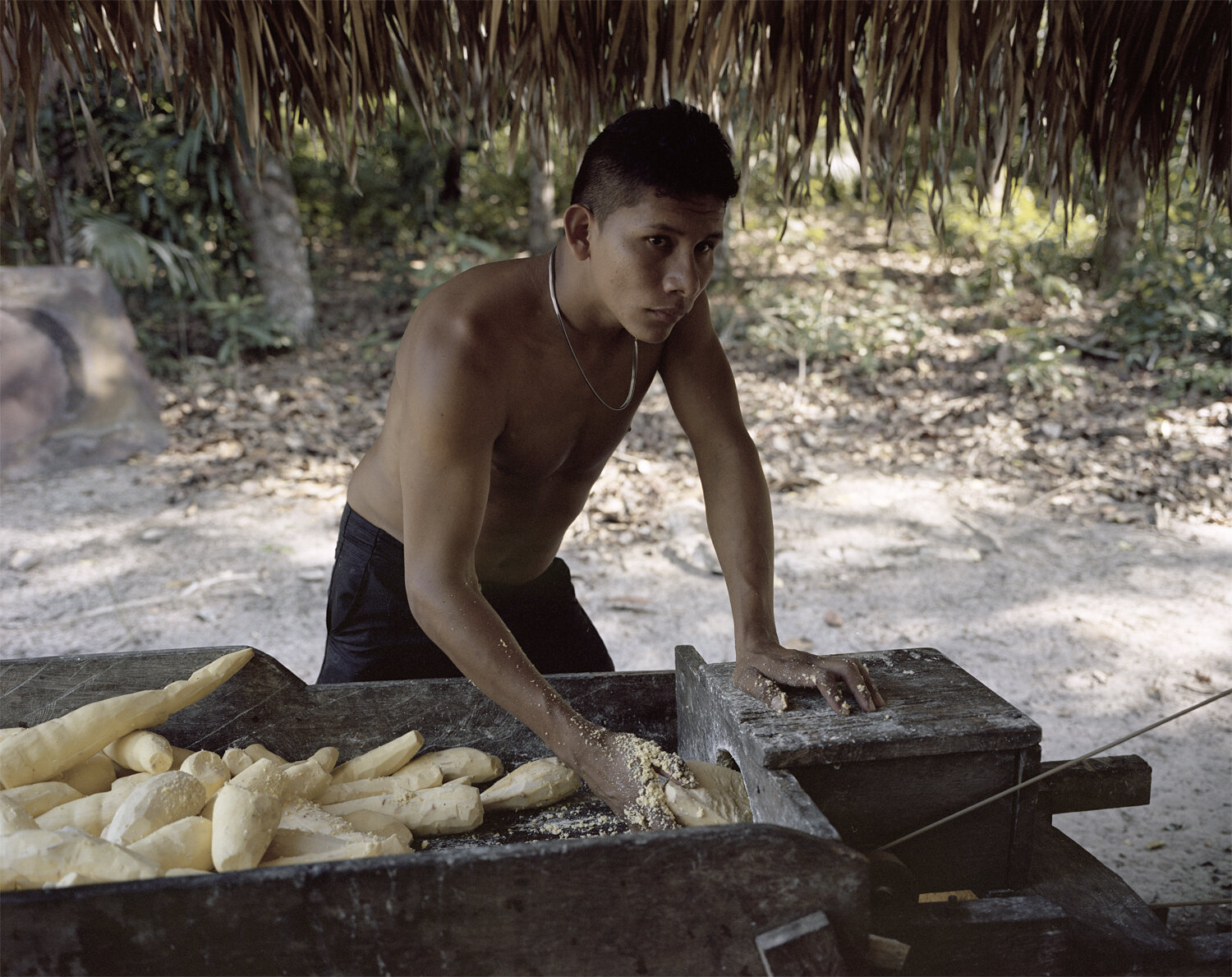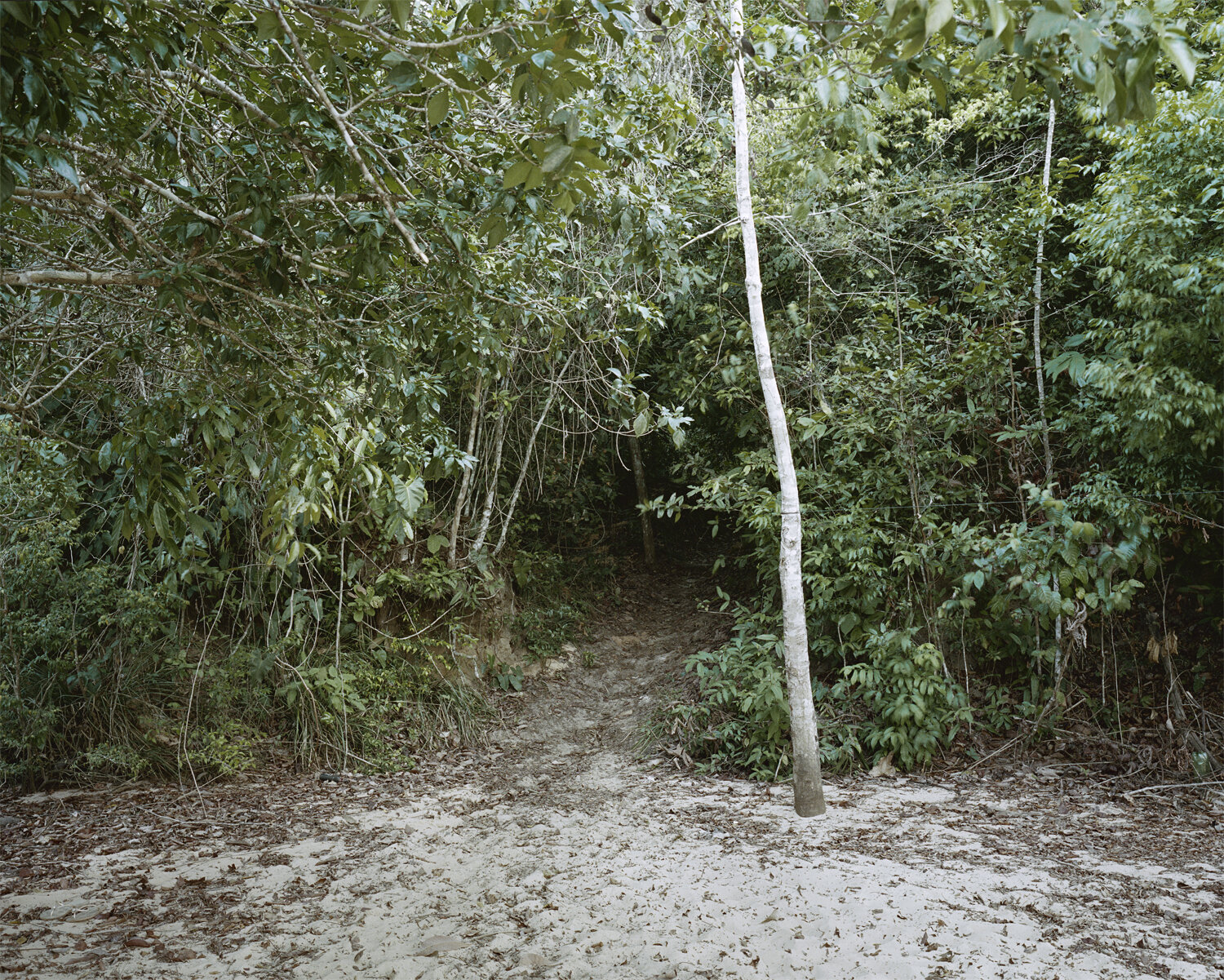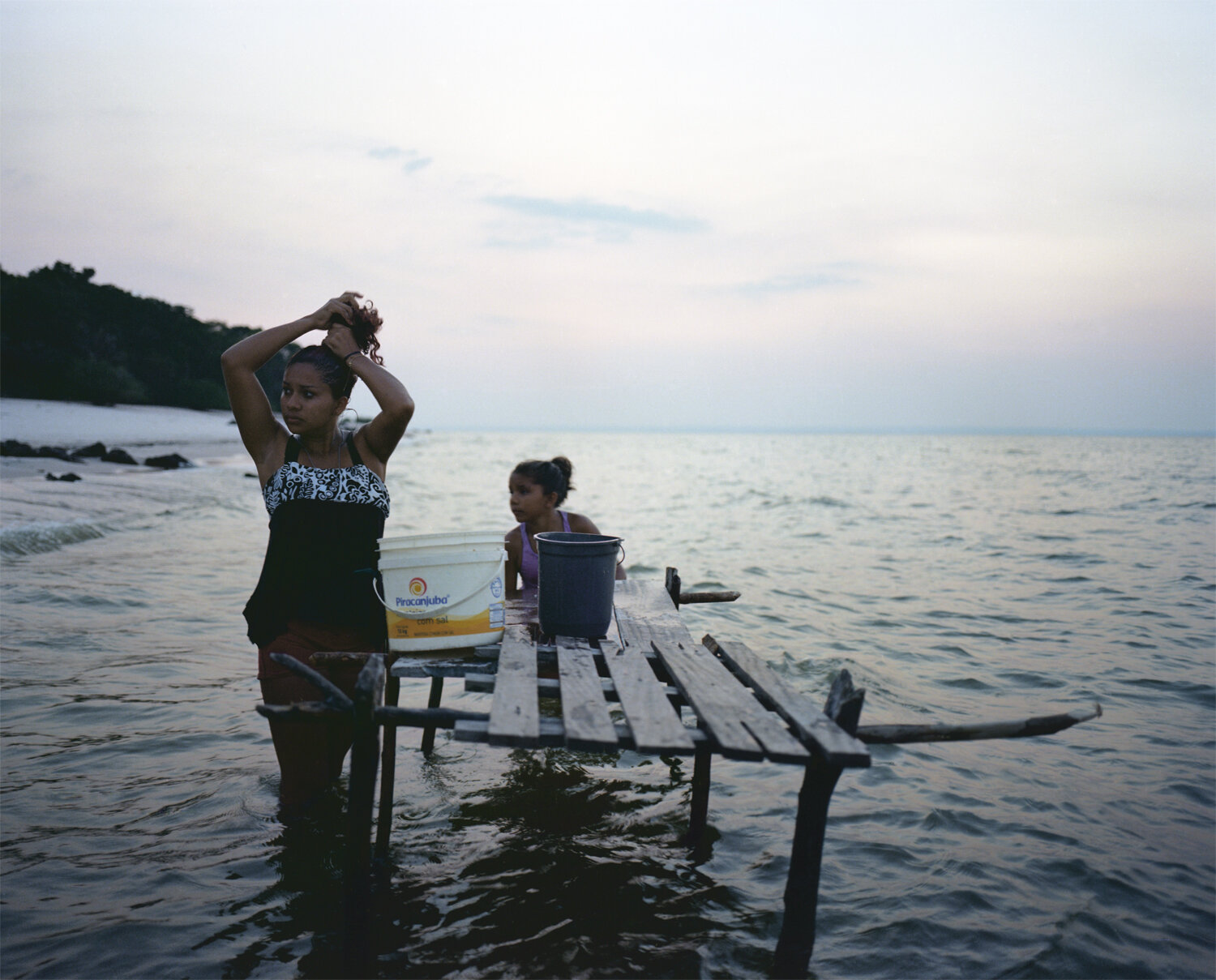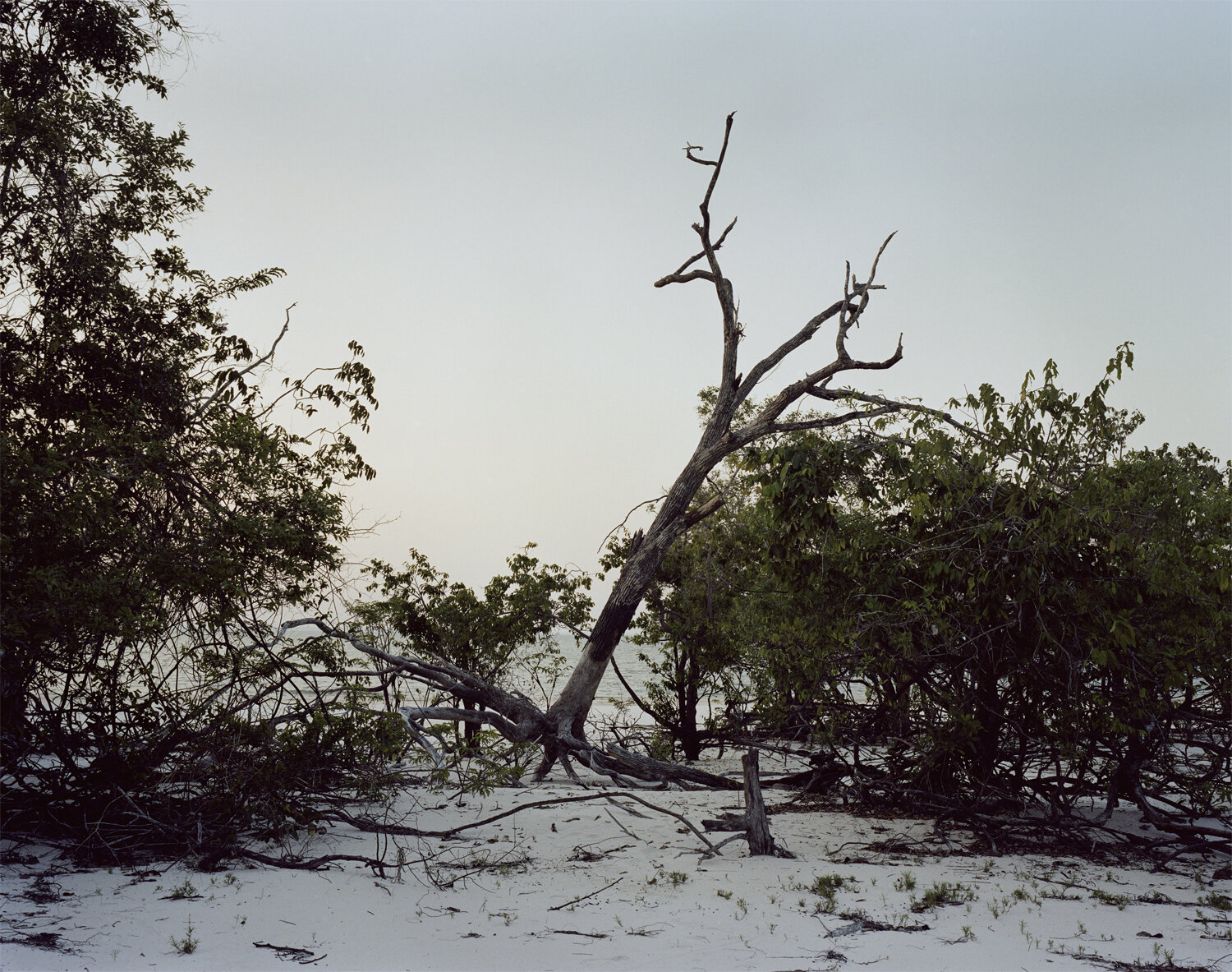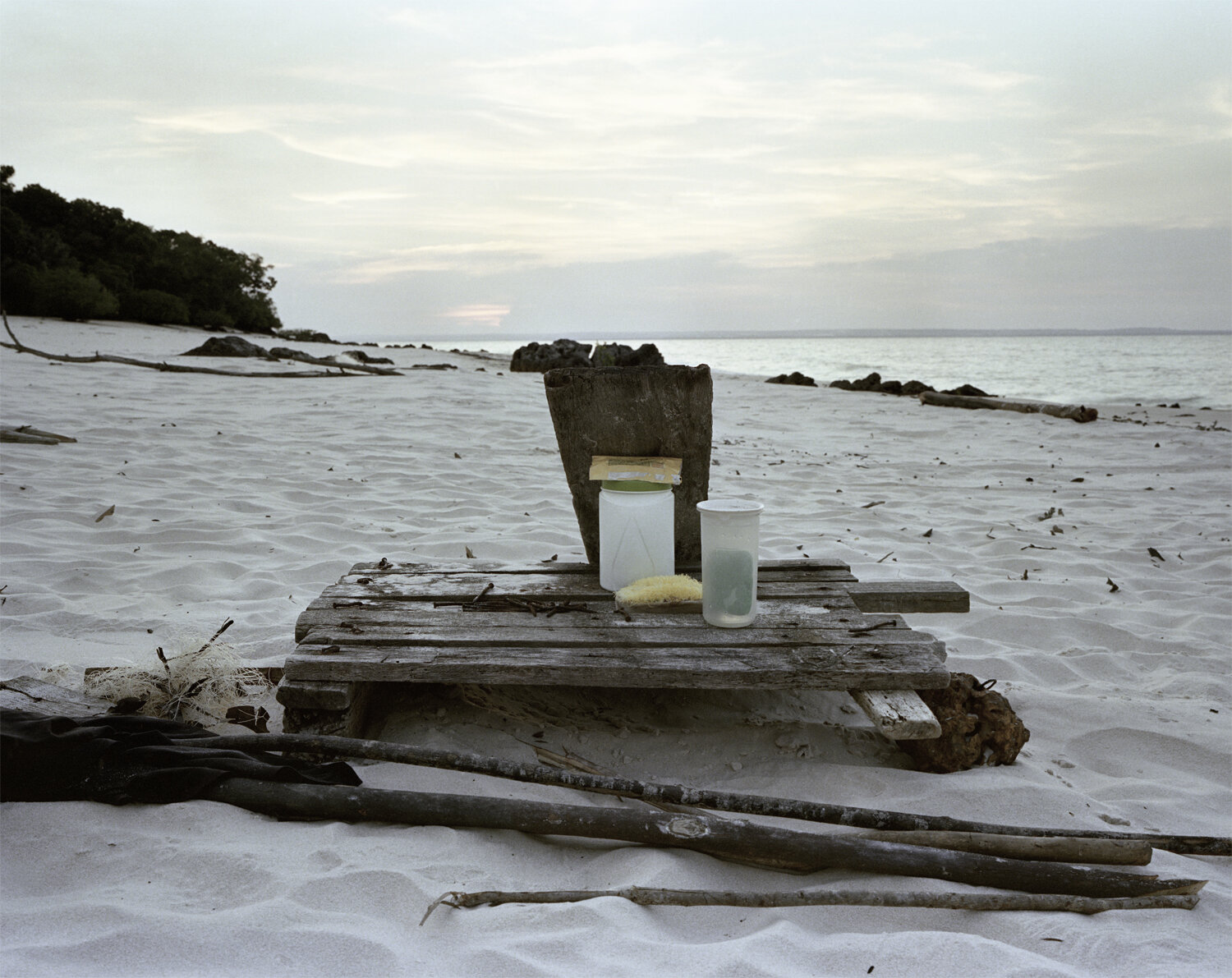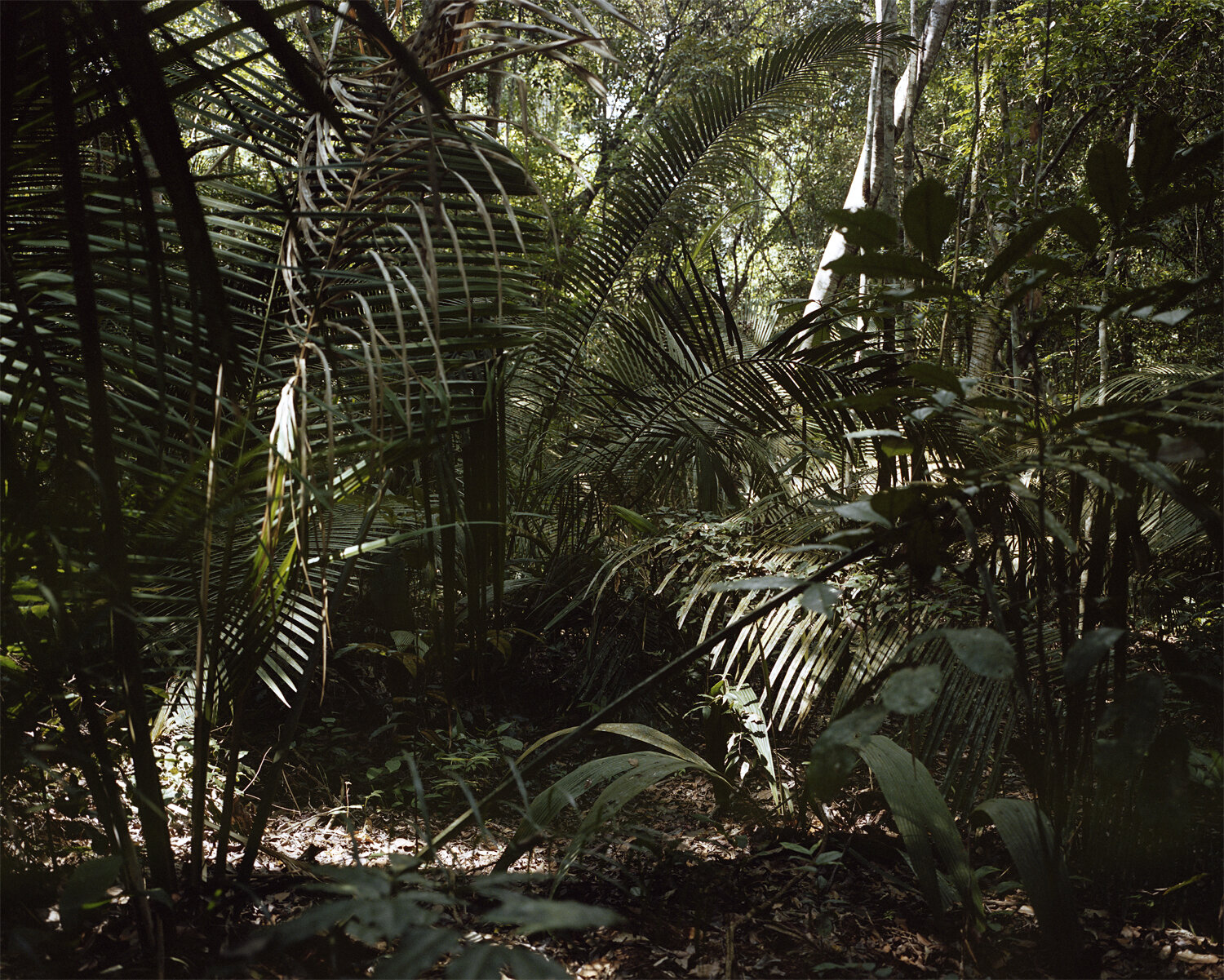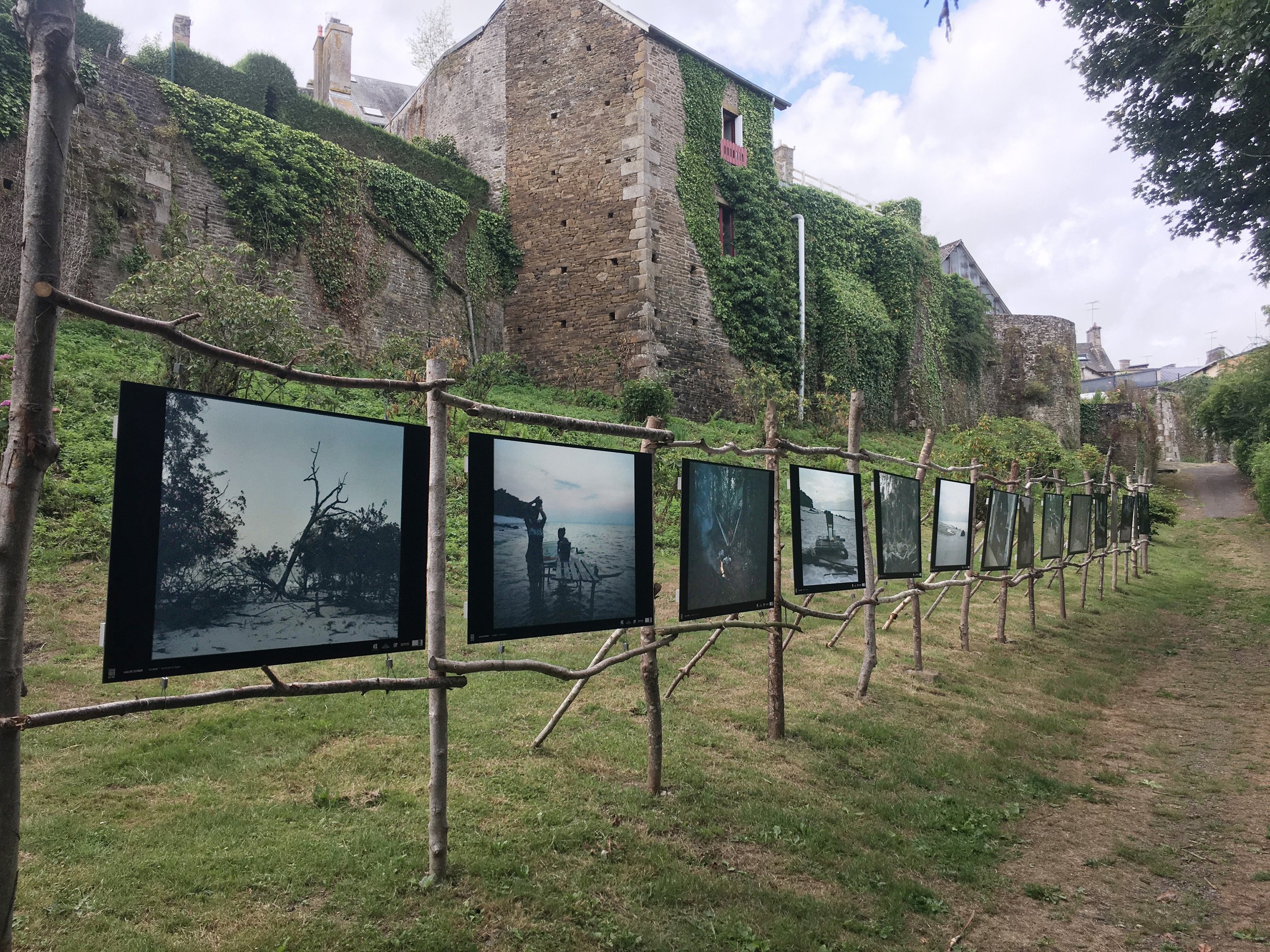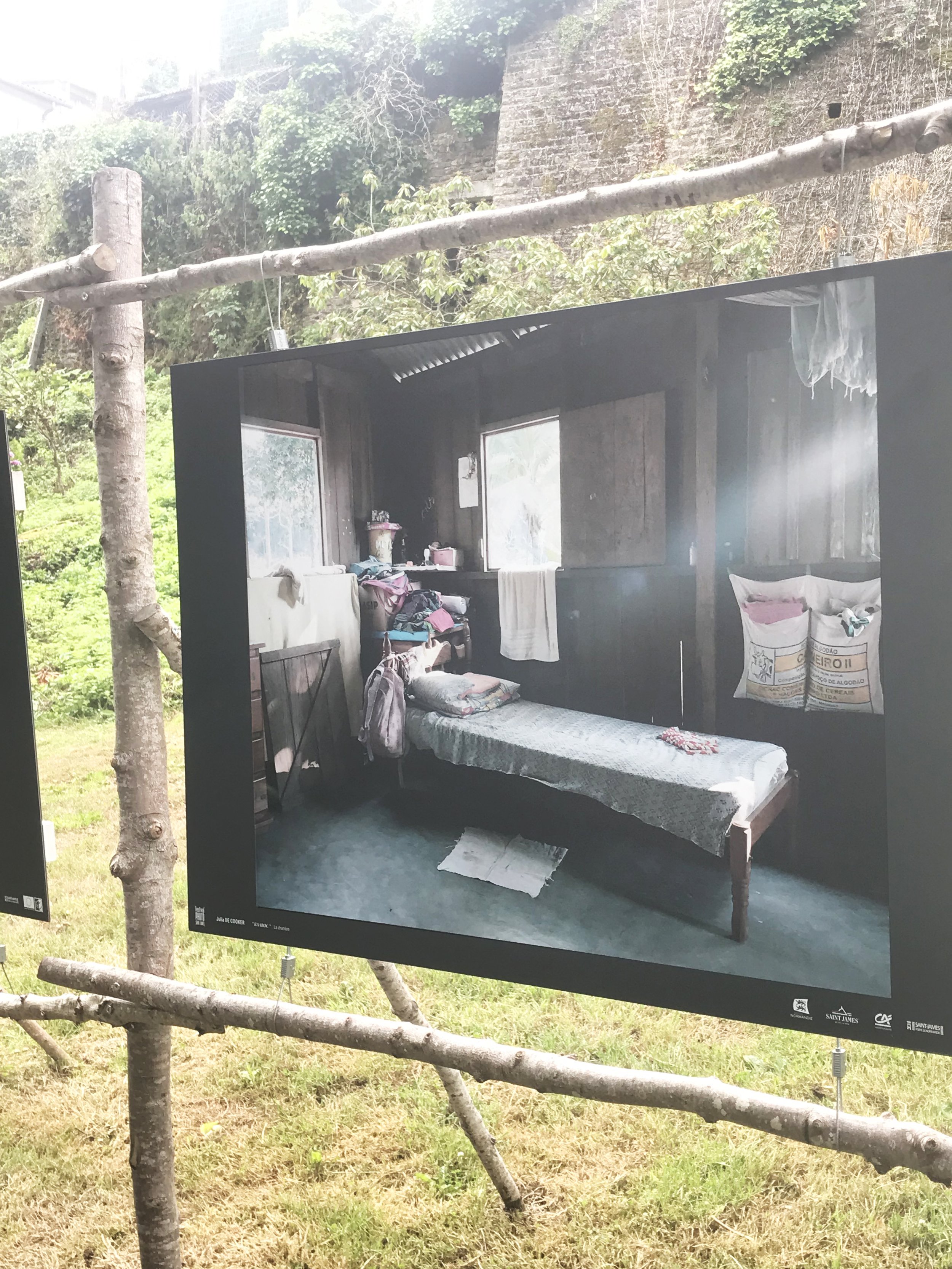[English below]
L’Amazonie brûle, asphyxiée par des décisions politiques successives toujours plus absurdes, vaniteuses, destructrices. Cette forêt où habitent des écosystèmes rendus sophistiqués par des millénaires d’évolution et d’autorégulation, cette forêt noblement nommée le poumon de la Terre, est victime d’une exploitation exterminatrice, à l’origine des feux qui la consument. Le poumon n’a plus d’air, et le climat favorable à la vie ne s’en remettra pas. Les peuples ancestraux voient leurs terres se dégrader, sans que leur voix soit entendue. La colère d’un peuple natif menacé, dont les images parcourent aujourd’hui le monde, semble vaine. Celle des Caboclos, peuple issu, au début du vingtième siècle, d’un métissage avec les Indiens, n’est même pas relatée. La plupart d’entre eux vit aujourd’hui, comme leurs ancêtres, de la chasse, de la pêche et de quelques cultures. Installés le long de l’Amazone et de ses affluents, ils représentent la population la plus importante du bassin amazonien. Passant pour naïve auprès de ceux qui placent l’argent au-dessus de la dignité, leur voix est tristement étouffée.
La série Kaa’Boc (signifiant « qui vient de la forêt » en langue tupie) propose un voyage au coeur d’une vie simple, celle de la famille de Damaceno et Regina, installée hors des villages sur les rives du Tapajos. Ce fleuve est menacé depuis plusieurs années par un projet de construction, celui du plus gros barrage hydroelectrique du Brésil. Contre ces ambitions dévastatrices, les photographies de la série Kaa’Boc ne cherchent pas l’extraordinaire, mais décrivent un quotidien dont la valeur tient à la simplicité. Elle présente, jour après jour, la vie d’une communauté reculée qui subit, dans le silence, l’ombre hostile à figure humaine qui plane sur cette noble forêt.
KAA’BOC
ed. 7 + 2AP / 40x50cm / 80x100m
Amazonia is burning, asphyxiated by successive and increasingly absurd, vain and destructive political decisions. This forest is home to ecosystems that became more and more sophisticated after thousands of years of evolution and self-regulation. This forest, which is grandly called the Lung of the Earth, is victim of an exterminating exploitation, which is at the origin of the fires that consume it. The Lung is out of oxygen and the building blocks for life are lost. The voice of the indigenous population that witness the degradation of their land finds no ear and their anger, which is shown around the world, appears to be in vain. The fate of the Caboclos, a tribal mix of rubber tree planters and Indians in the beginning of the twentieth century, is not even recounted. Most of them live today, as did their ancestors, of hunting, fishing and some agriculture. They are the most important tribe in the Amazonian basin, living along the Amazon and its tributaries. Considered naïve by those who place money above dignity, their voice is sadly choked.
The Kaa’boc photo series (meaning “he who comes from the forest” in Tupi) presents a journey to the heart of the modest life of the Damaceno and Regina family living outside the villages on the banks of the Tapajos river. The existence of the river is threatened by the construction of the biggest hydroelectric dam in Brazil. Against the backdrop of this devastation this photo series shows their modest life style. It shows how day after day this remote population silently lives in the shadow of the man-made attack on this precious forest.
EXPOSITIONS / EXHIBITION VIEWS :
